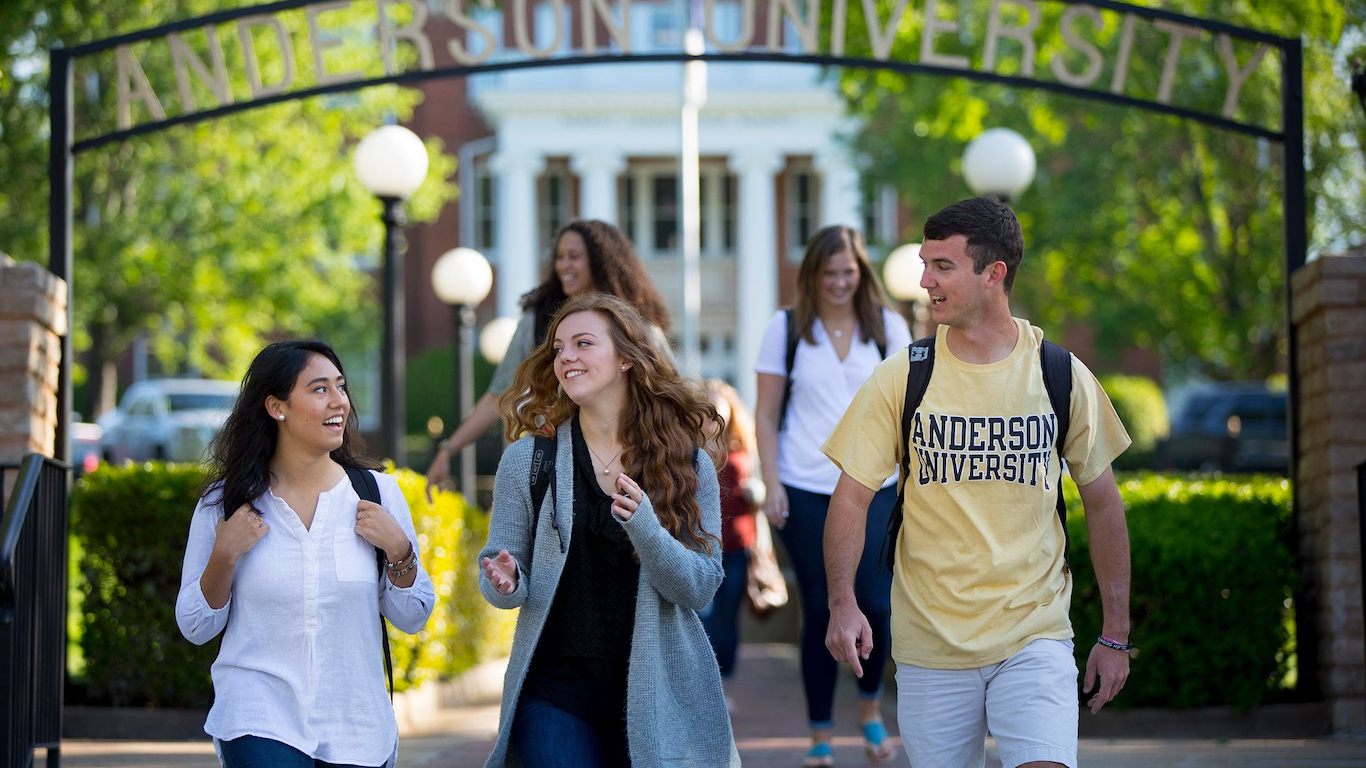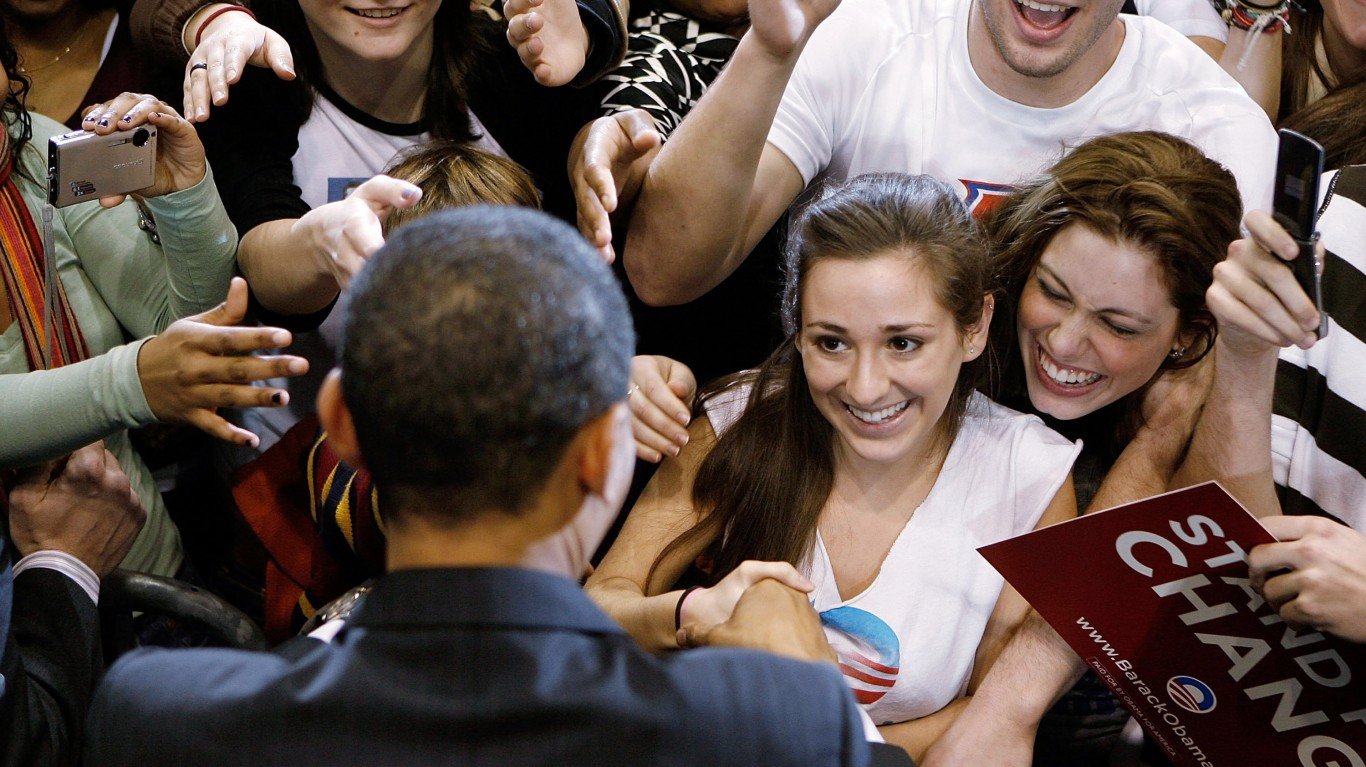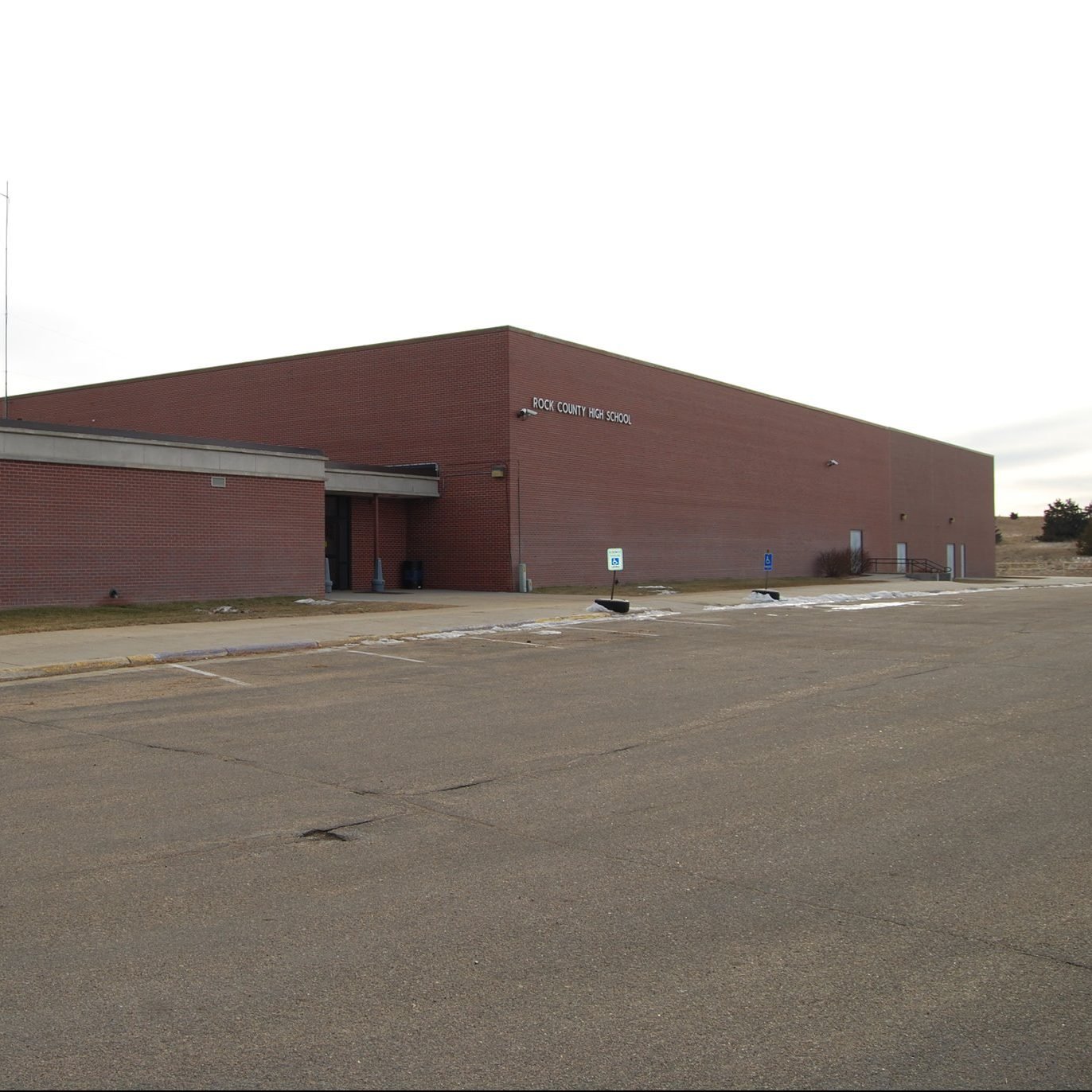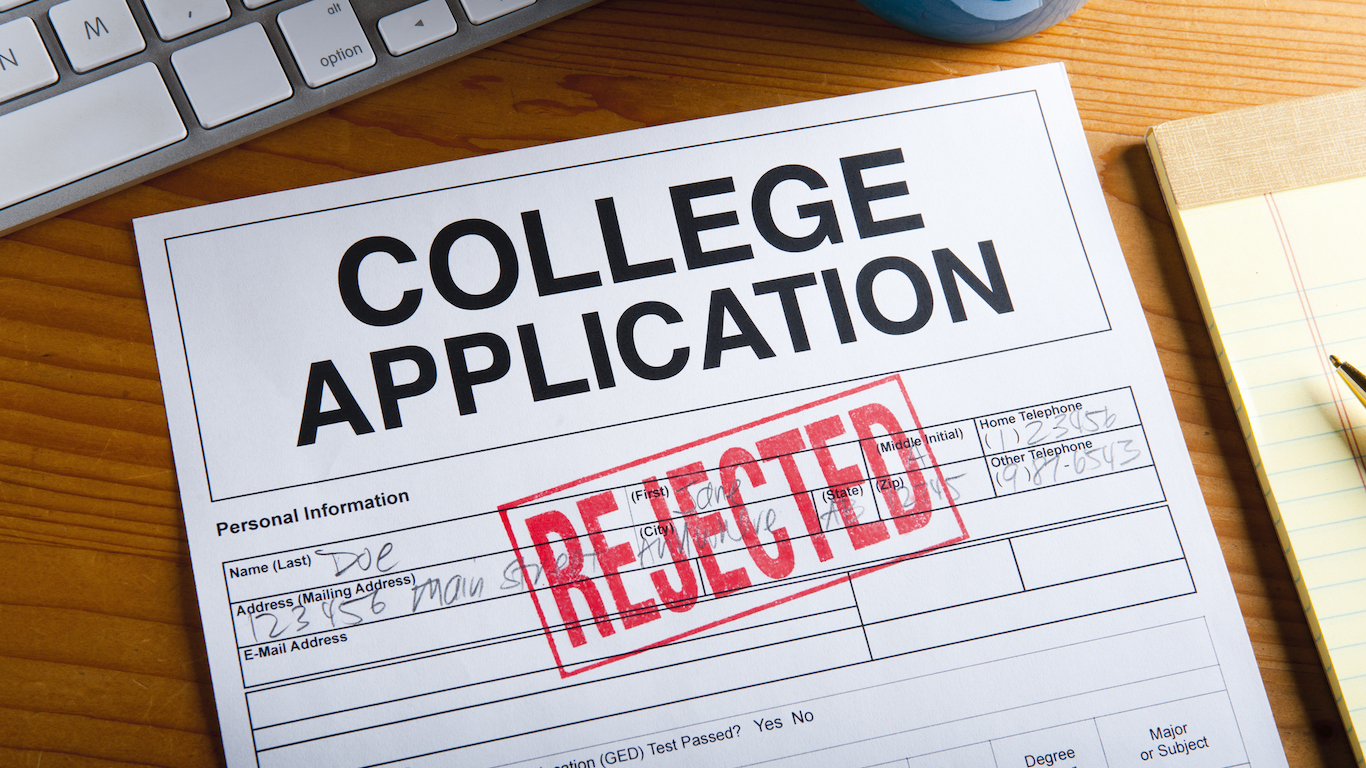

This year, an estimated 16.9 million students will attend America’s college campuses and classrooms to either begin or continue their undergraduate studies. Nearly 2 million of them are expected to graduate at the end of the academic year with bachelor’s degrees that will give them a competitive edge in the job market, open new career opportunities, and increase their lifetime earning potential.
Just how beneficial a bachelor’s degree is can vary, in part depending on the name of the institution that issued it. A four-year college education typically fosters personal and intellectual development in all who complete it. Yet, right or wrong, many assume that the more selective and elite the college is, the greater the quality of the education, and many apply to these colleges hoping to gain the future benefits.
Using data from the National Center for Education Statistics, 24/7 Wall St. created an index of acceptance rates as well as SAT and ACT scores for admitted students for over 1,200 four-year schools nationwide to identify the hardest colleges to get into. Each of the eight Ivy League schools are on this list.
While there may be something to the conventional wisdom of going to the most prestigious college possible — over 10% of Fortune 500 CEOs graduated from an Ivy League school — one’s alma mater is often less important than their chosen field of study. Across graduates from all schools, the median salary of those who majored in certain fields is in the six-figure range, more than four times the median salary of those who graduated in some other fields. These are the highest and lowest paying college majors in America.
Still, for many, attending the best school possible is the most important consideration when deciding where to enroll. In light of the growing student loan crisis, however, cost is another important factor to consider. With only a couple of exceptions, the schools on this list are private institutions, and according to the College Board’s 2018 Trends in College Pricing Report, the average tuition and fee price at a private four-year school is $36,890 — more than triple the average cost for four-year, in-state public colleges.
For some schools on this list, annual tuition costs can exceed the salaries many graduates can expect to earn upon entering the workforce. Here is a list of the top-ranked colleges that pay off the least.
Click here to see the hardest colleges to get into
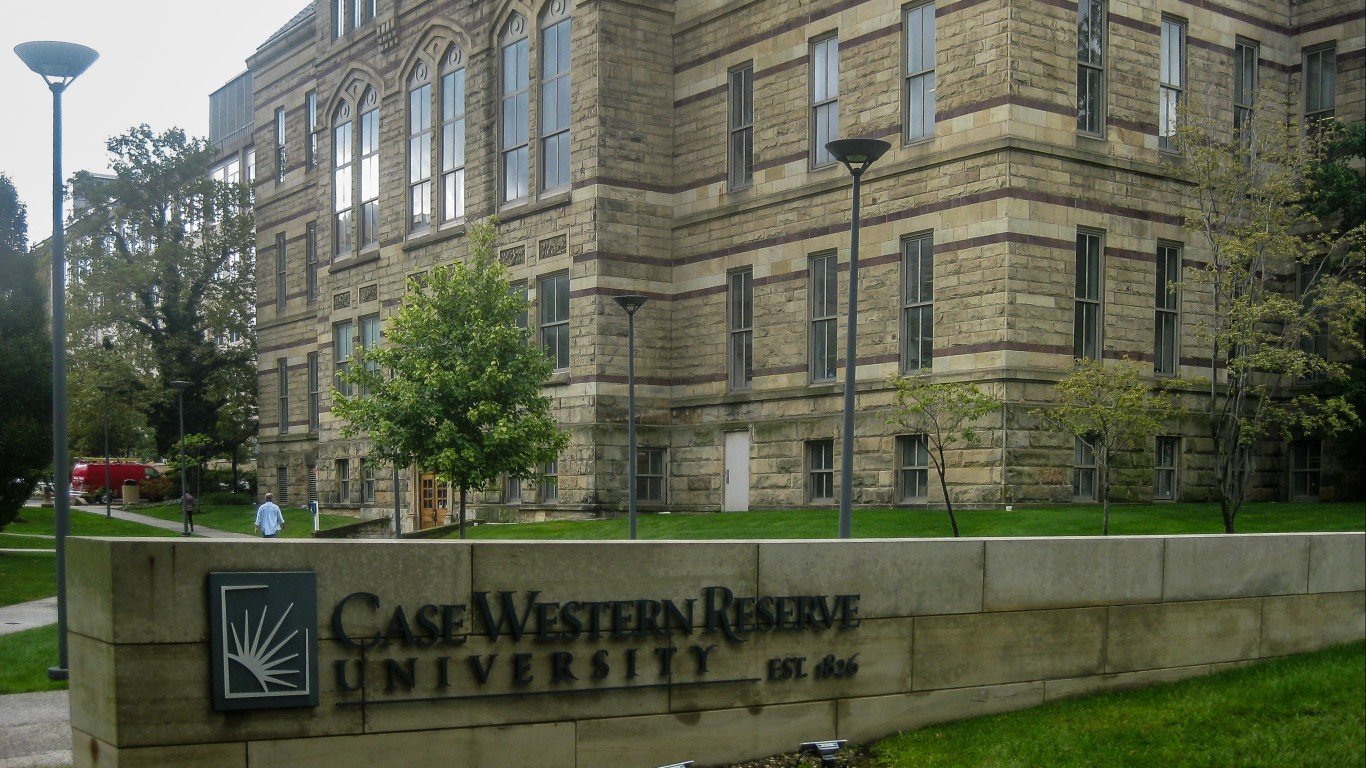
50. Case Western Reserve University
> Acceptance rate: 33.1%
> SAT scores at 25th & 75th percentiles: 1,340 and 1,520
> Student to faculty ratio: 11:1
> Average net price of attendance: $34,061 per year
> Location: Cleveland, Ohio
[in-text-ad]

49. Colgate University
> Acceptance rate: 28.1%
> SAT scores at 25th & 75th percentiles: 1,310 and 1,500
> Student to faculty ratio: 9:1
> Average net price of attendance: $23,058 per year
> Location: Hamilton, New York
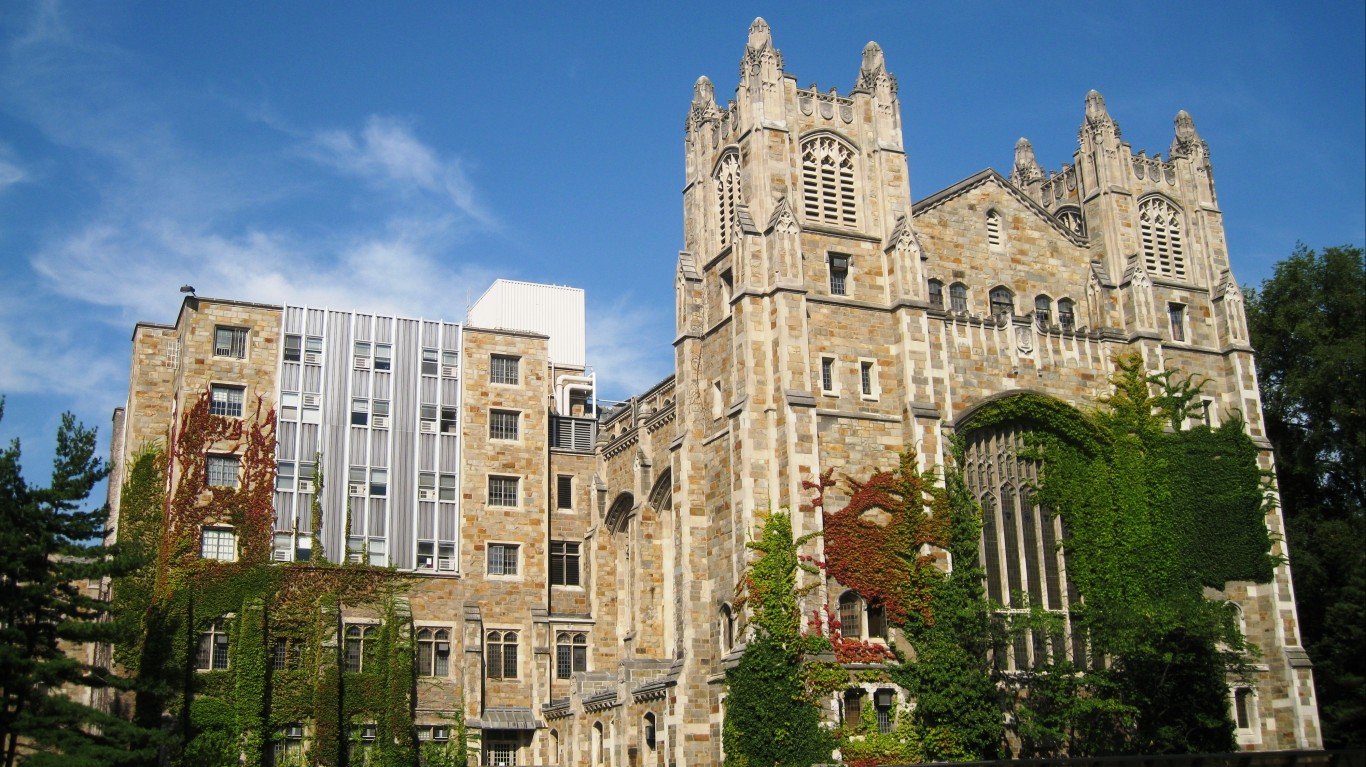
48. University of Michigan-Ann Arbor
> Acceptance rate: 26.5%
> SAT scores at 25th & 75th percentiles: 1,330 and 1,500
> Student to faculty ratio: 11:1
> Average net price of attendance: $16,856 per year
> Location: Ann Arbor, Michigan
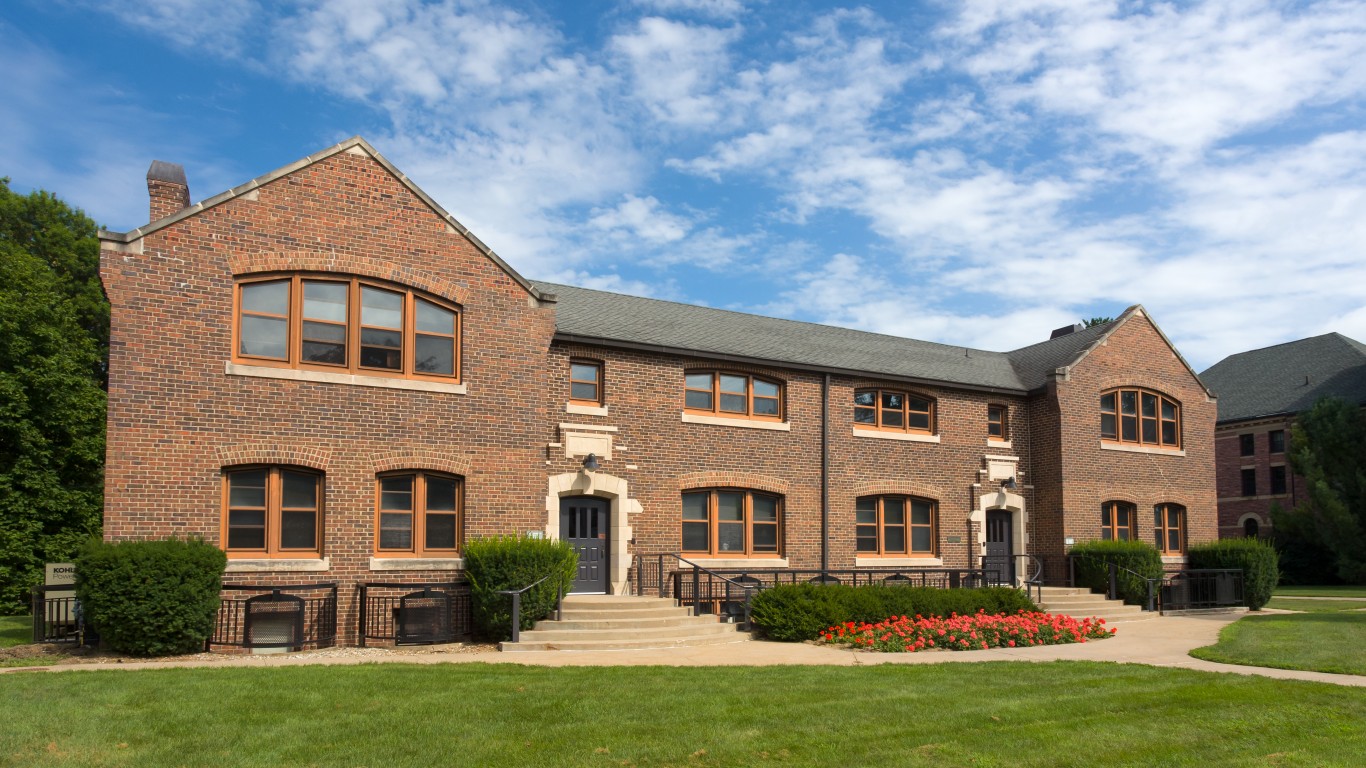
47. Grinnell College
> Acceptance rate: 28.9%
> SAT scores at 25th & 75th percentiles: 1,310 and 1,510
> Student to faculty ratio: 9:1
> Average net price of attendance: $30,808 per year
> Location: Grinnell, Iowa
[in-text-ad-2]
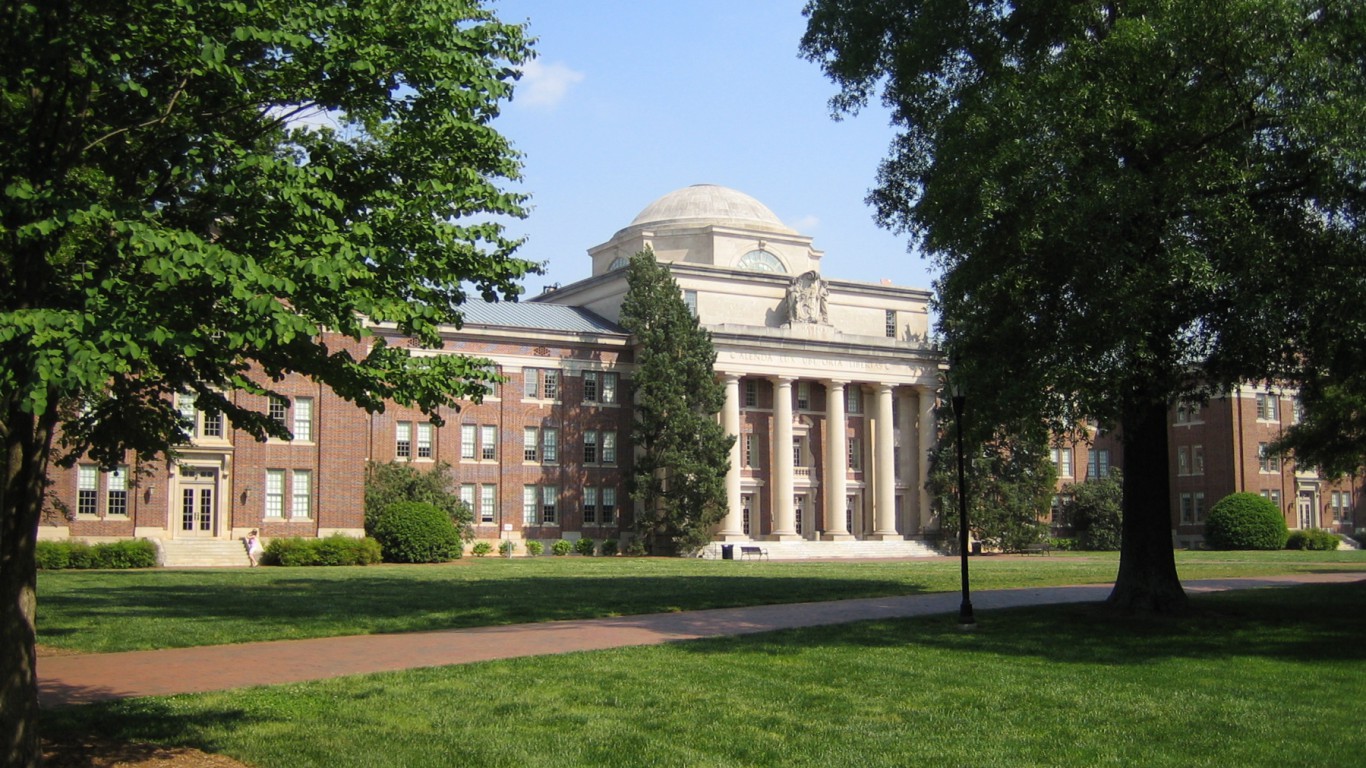
46. Davidson College
> Acceptance rate: 20.2%
> SAT scores at 25th & 75th percentiles: 1,310 and 1,470
> Student to faculty ratio: 9:1
> Average net price of attendance: $26,565 per year
> Location: Davidson, North Carolina
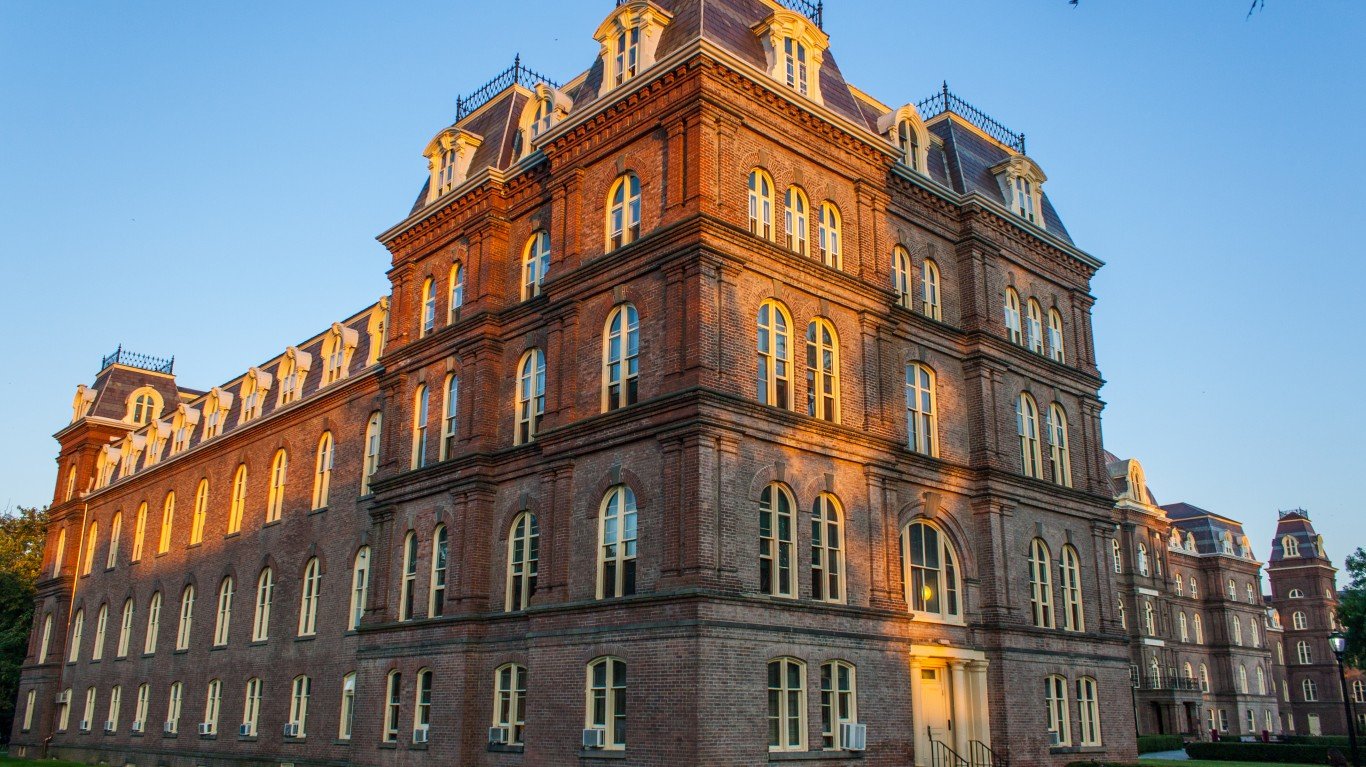
45. Vassar College
> Acceptance rate: 23.8%
> SAT scores at 25th & 75th percentiles: 1,330 and 1,500
> Student to faculty ratio: 8:1
> Average net price of attendance: $25,211 per year
> Location: Poughkeepsie, New York
[in-text-ad]
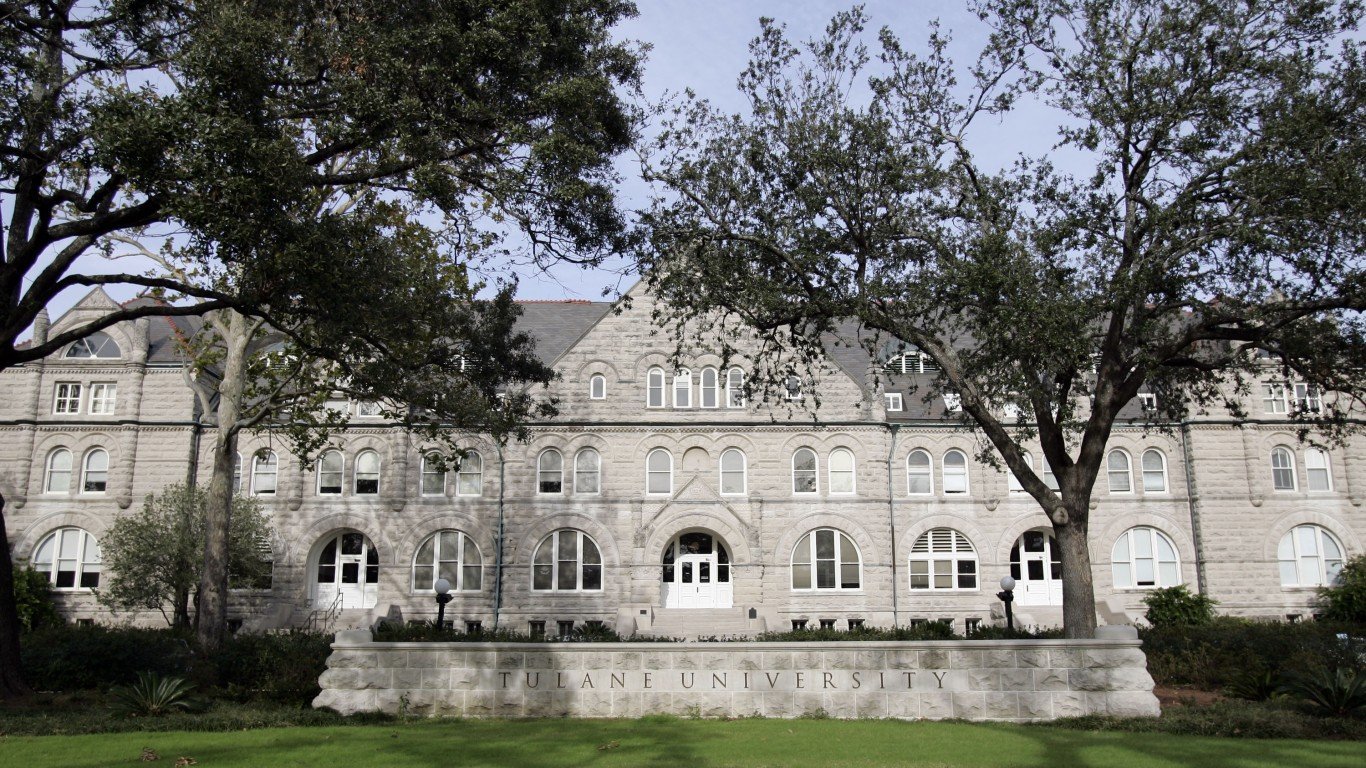
44. Tulane University of Louisiana
> Acceptance rate: 21.5%
> SAT scores at 25th & 75th percentiles: 1,330 and 1,490
> Student to faculty ratio: 8:1
> Average net price of attendance: $37,692 per year
> Location: New Orleans, Louisiana
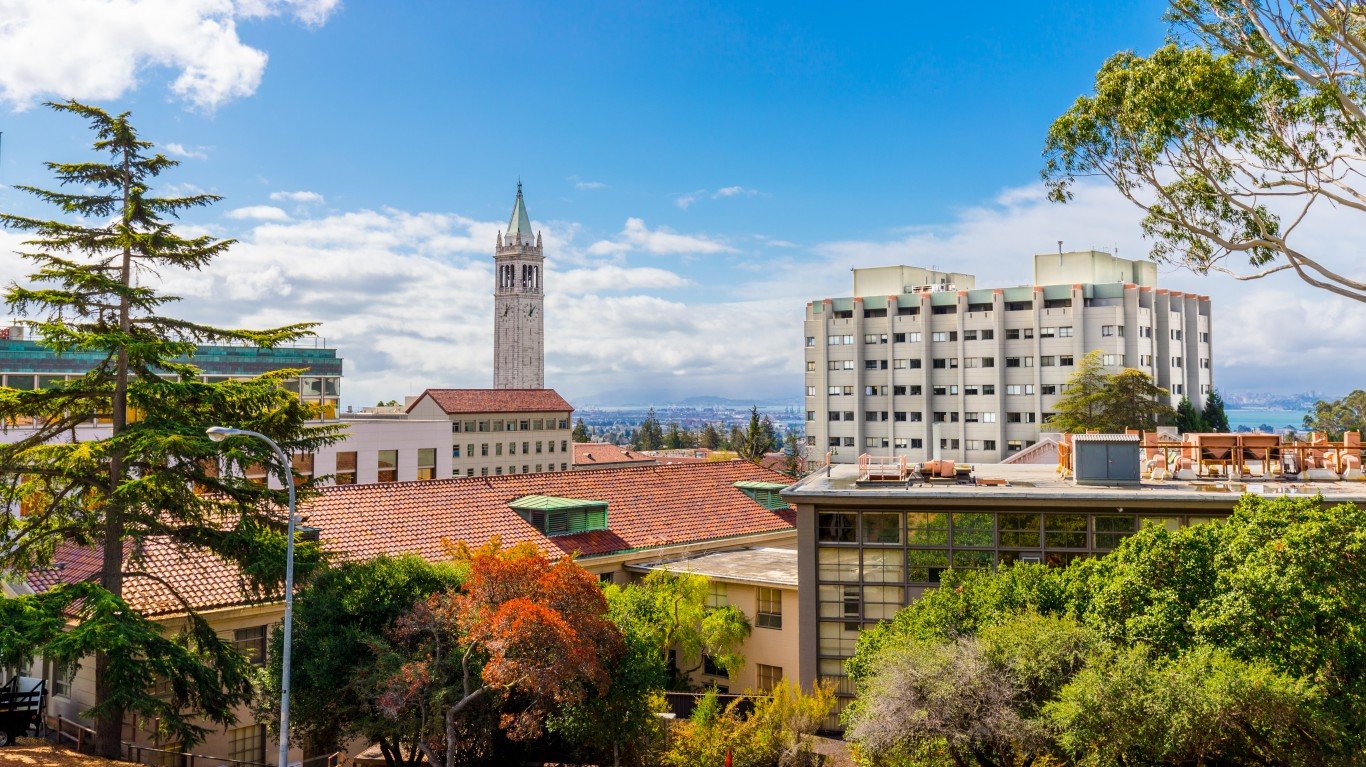
43. University of California-Berkeley
> Acceptance rate: 17.1%
> SAT scores at 25th & 75th percentiles: 1,260 and 1,480
> Student to faculty ratio: 20:1
> Average net price of attendance: $17,862 per year
> Location: Berkeley, California
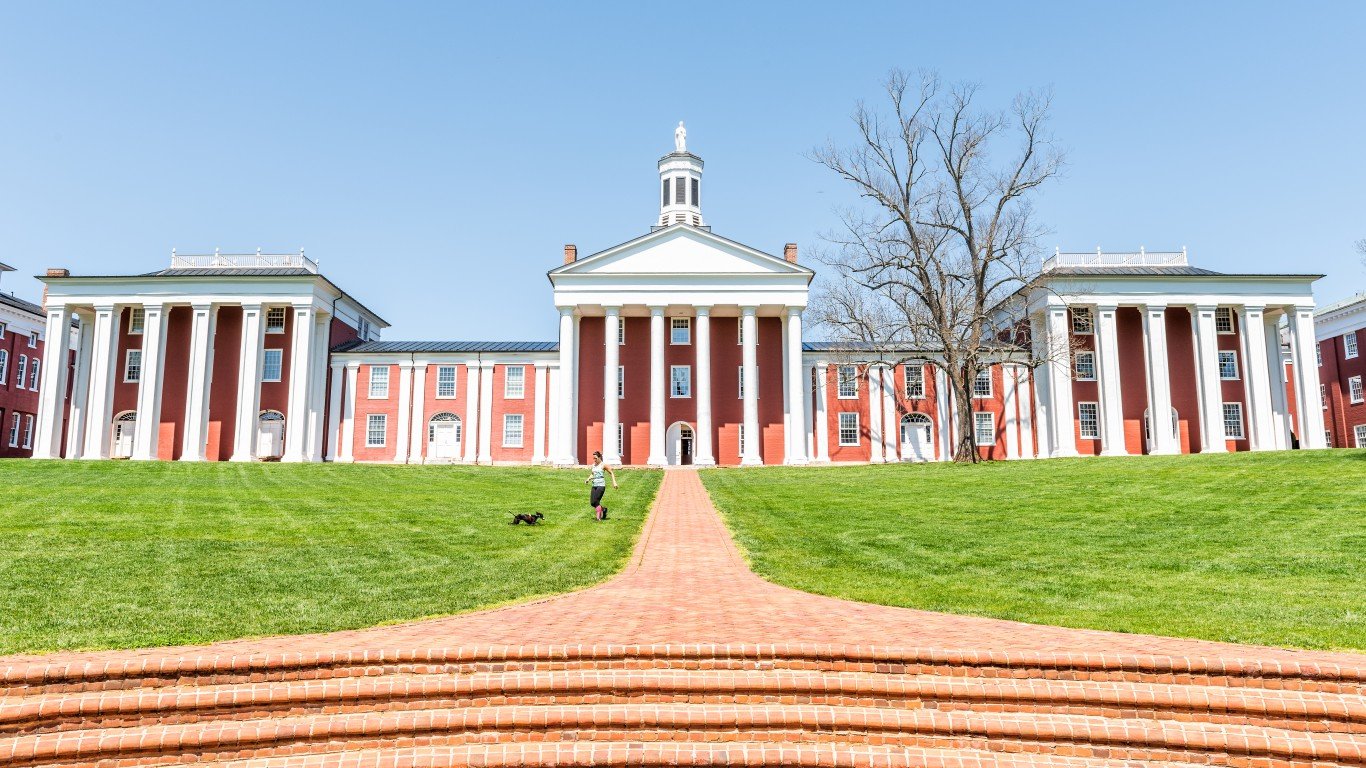
42. Washington and Lee University
> Acceptance rate: 22.0%
> SAT scores at 25th & 75th percentiles: 1,350 and 1,490
> Student to faculty ratio: 8:1
> Average net price of attendance: $21,918 per year
> Location: Lexington, Virginia
[in-text-ad-2]
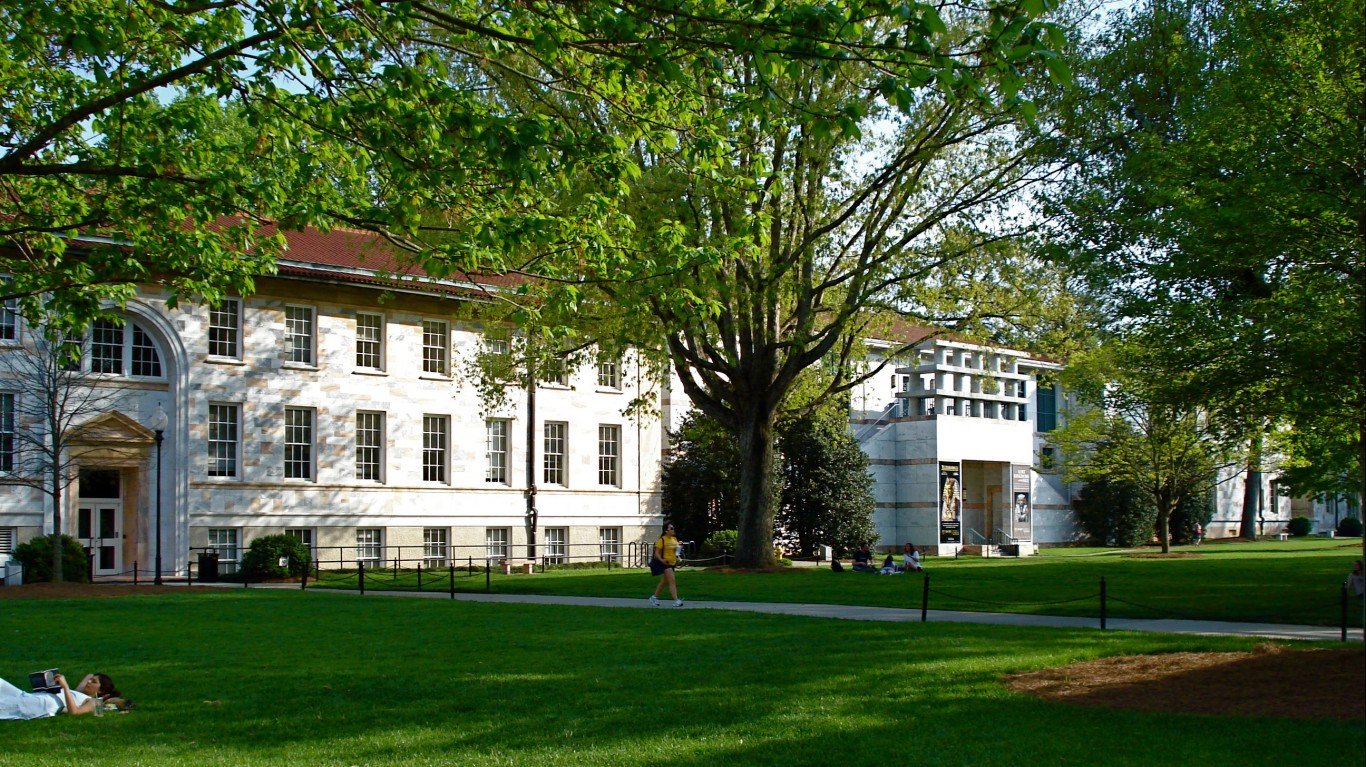
41. Emory University
> Acceptance rate: 22.0%
> SAT scores at 25th & 75th percentiles: 1,350 and 1,520
> Student to faculty ratio: 9:1
> Average net price of attendance: $26,804 per year
> Location: Atlanta, Georgia
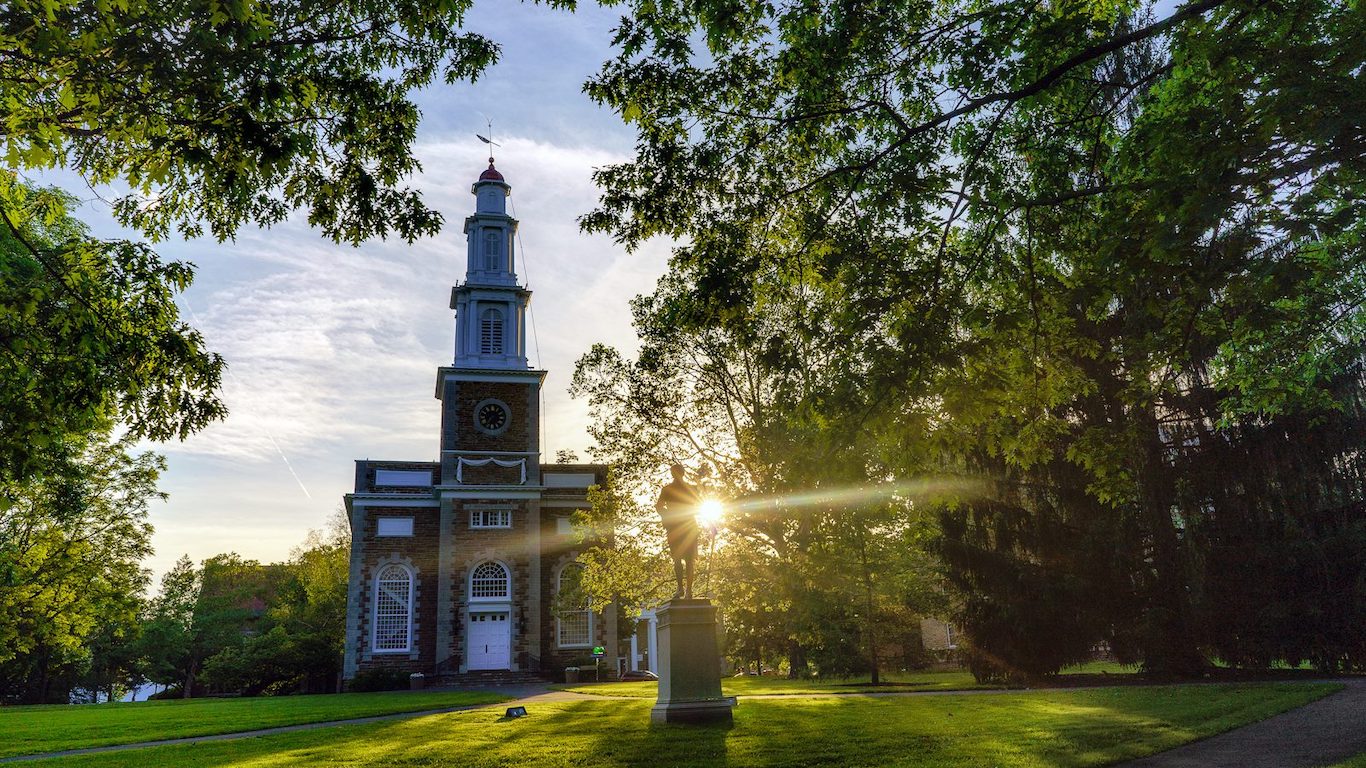
40. Hamilton College
> Acceptance rate: 24.2%
> SAT scores at 25th & 75th percentiles: 1,360 and 1,510
> Student to faculty ratio: 9:1
> Average net price of attendance: $27,809 per year
> Location: Clinton, New York
[in-text-ad]
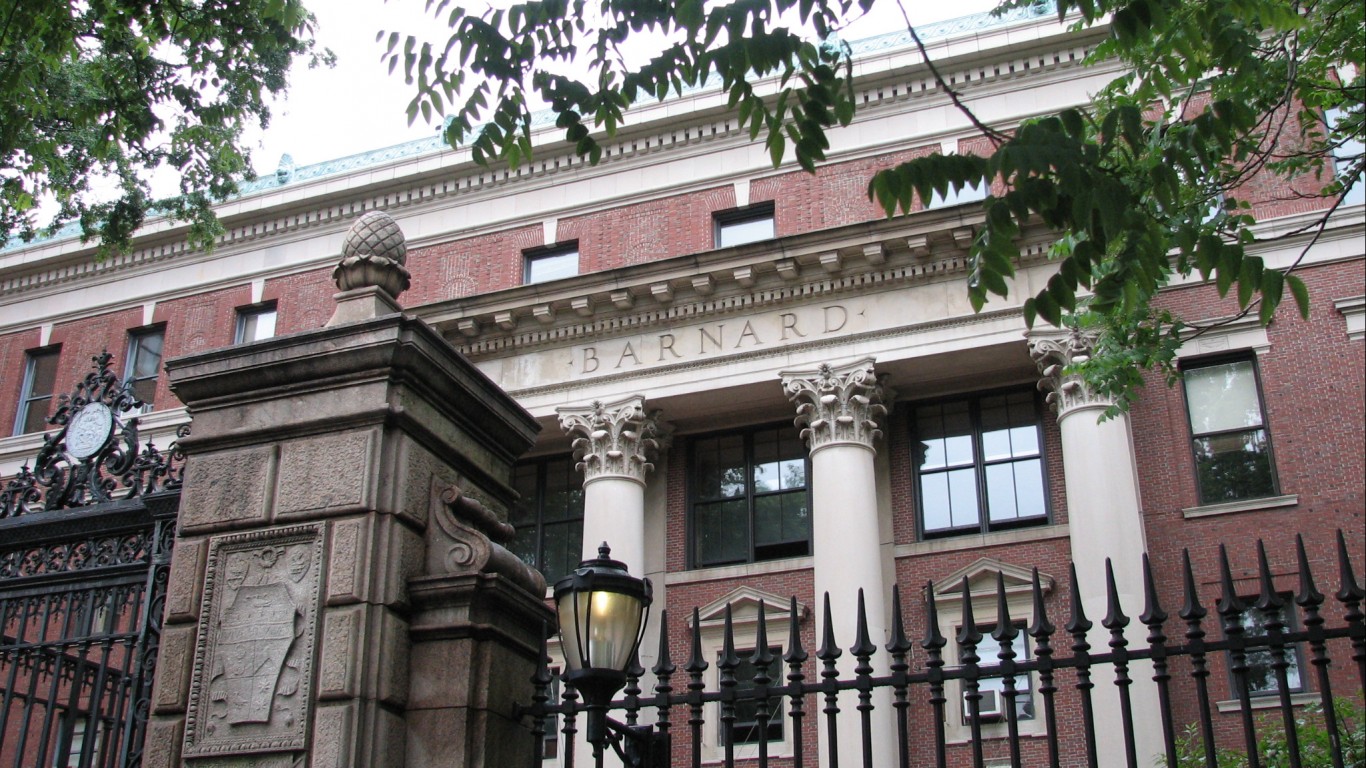
39. Barnard College
> Acceptance rate: 15.4%
> SAT scores at 25th & 75th percentiles: 1,310 and 1,500
> Student to faculty ratio: 9:1
> Average net price of attendance: $26,681 per year
> Location: New York, New York
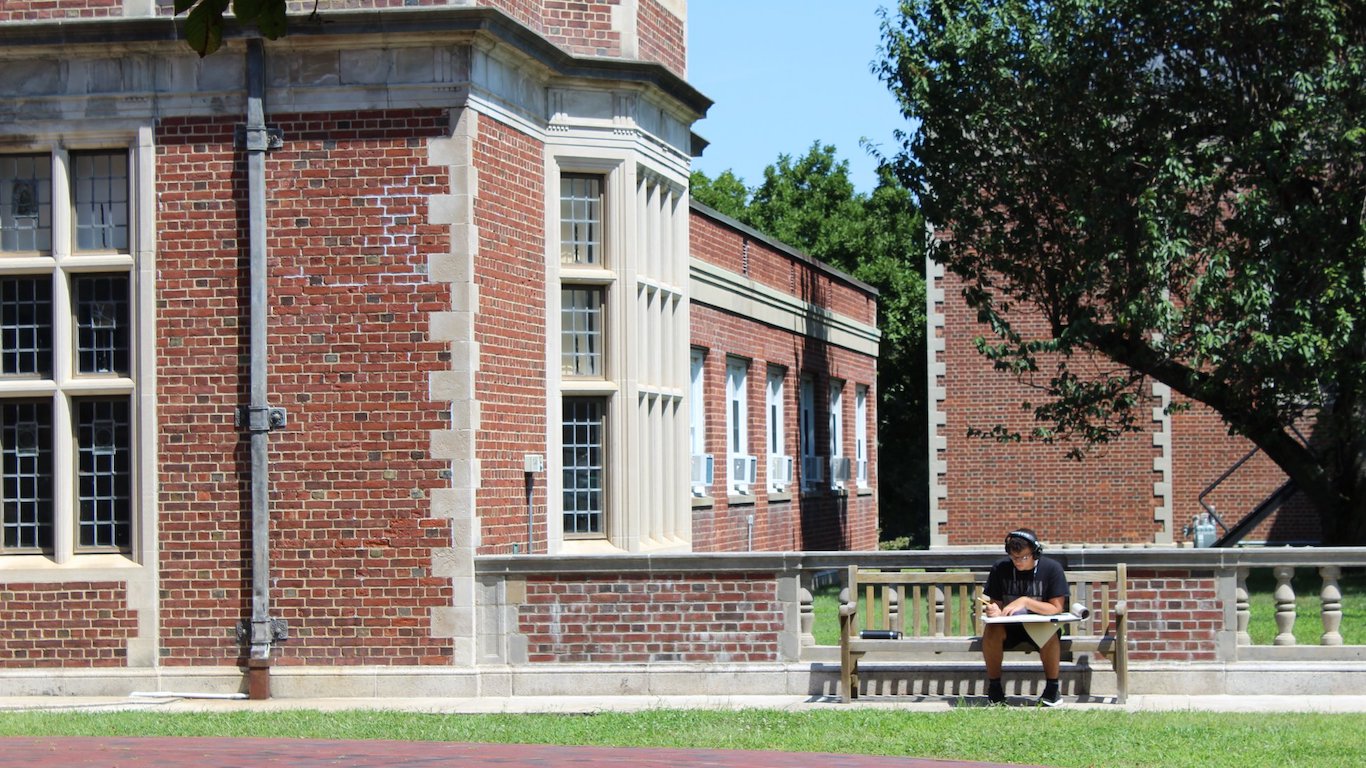
38. Webb Institute
> Acceptance rate: 34.9%
> SAT scores at 25th & 75th percentiles: 1,440 and 1,540
> Student to faculty ratio: 9:1
> Average net price of attendance: $20,311 per year
> Location: Glen Cove, New York
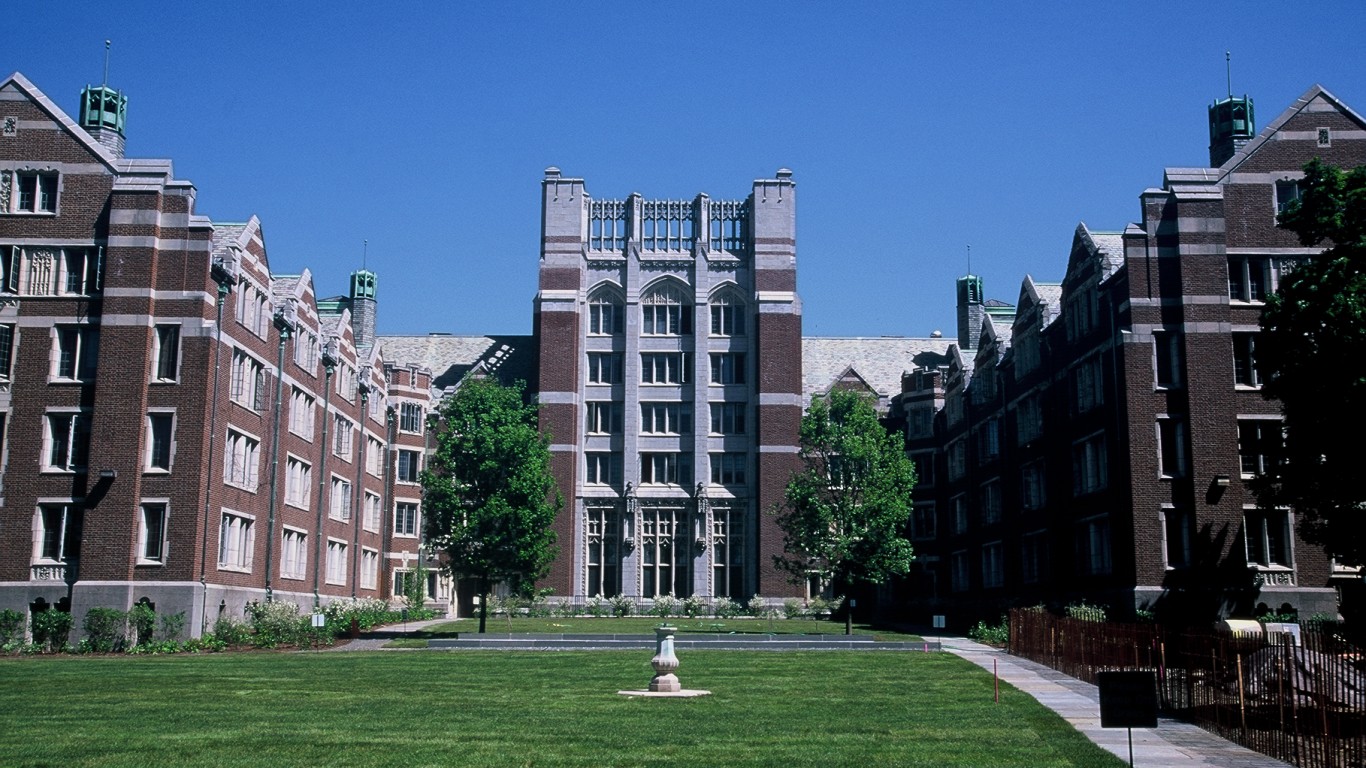
37. Wellesley College
> Acceptance rate: 22.1%
> SAT scores at 25th & 75th percentiles: 1,360 and 1,530
> Student to faculty ratio: 8:1
> Average net price of attendance: $20,826 per year
> Location: Wellesley, Massachusetts
[in-text-ad-2]
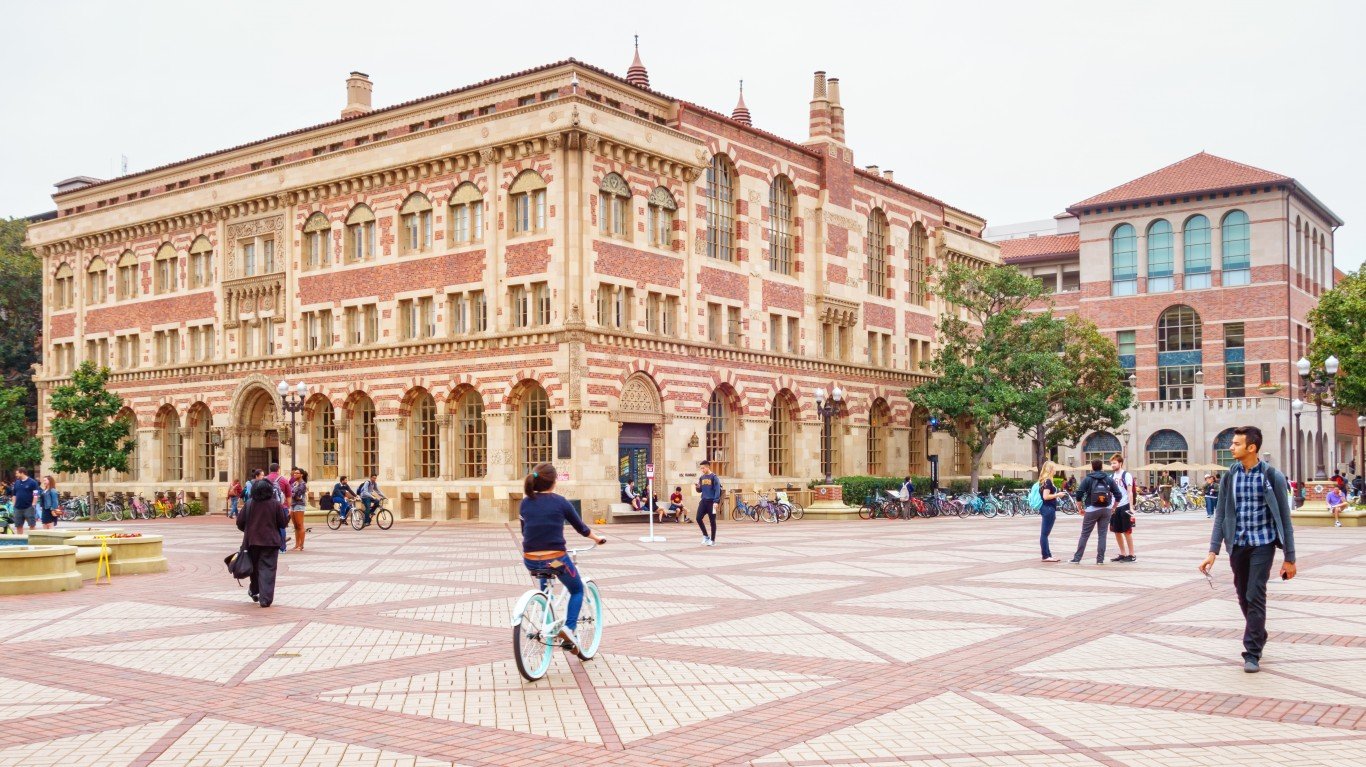
36. University of Southern California
> Acceptance rate: 16.0%
> SAT scores at 25th & 75th percentiles: 1,300 and 1,500
> Student to faculty ratio: 9:1
> Average net price of attendance: $36,161 per year
> Location: Los Angeles, California
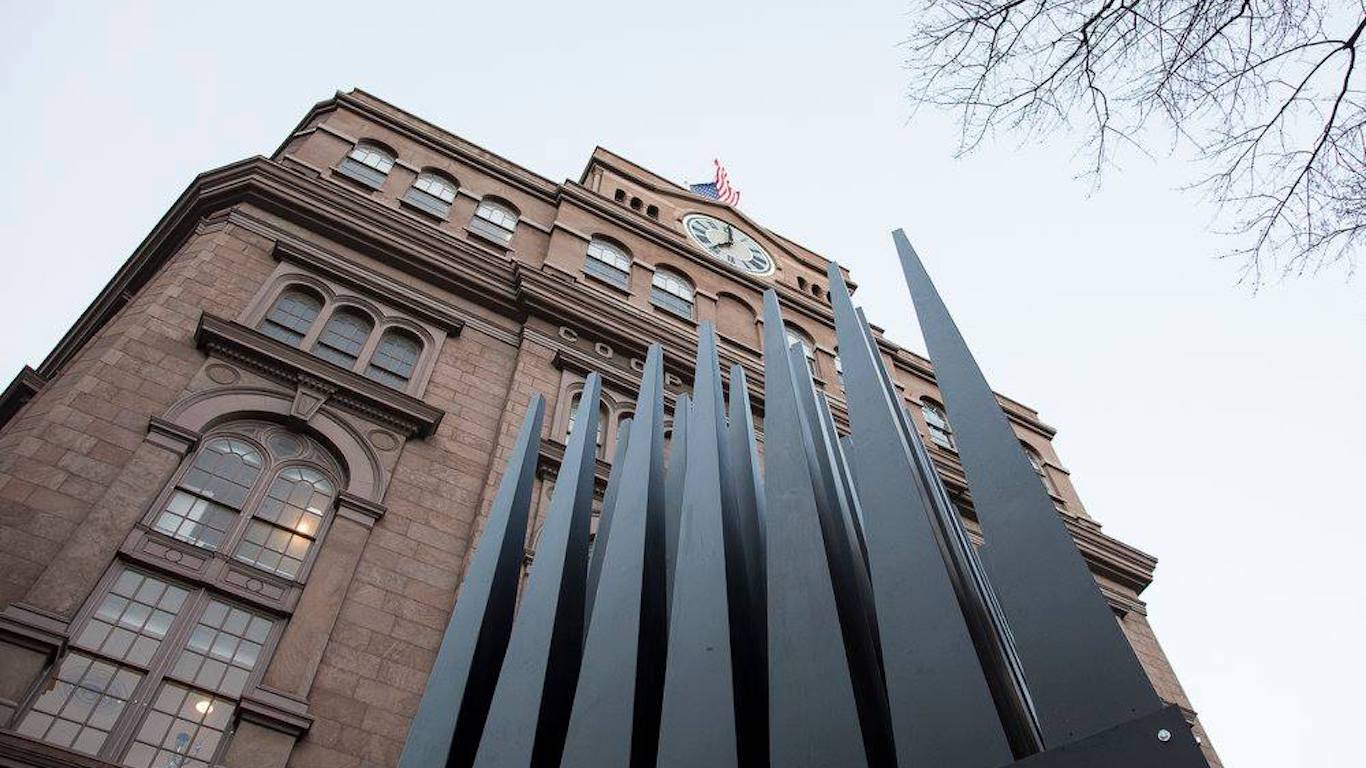
35. Cooper Union for the Advancement of Science and Art
> Acceptance rate: 13.1%
> SAT scores at 25th & 75th percentiles: 1,310 and 1,530
> Student to faculty ratio: 6:1
> Average net price of attendance: $28,579 per year
> Location: New York, New York
[in-text-ad]
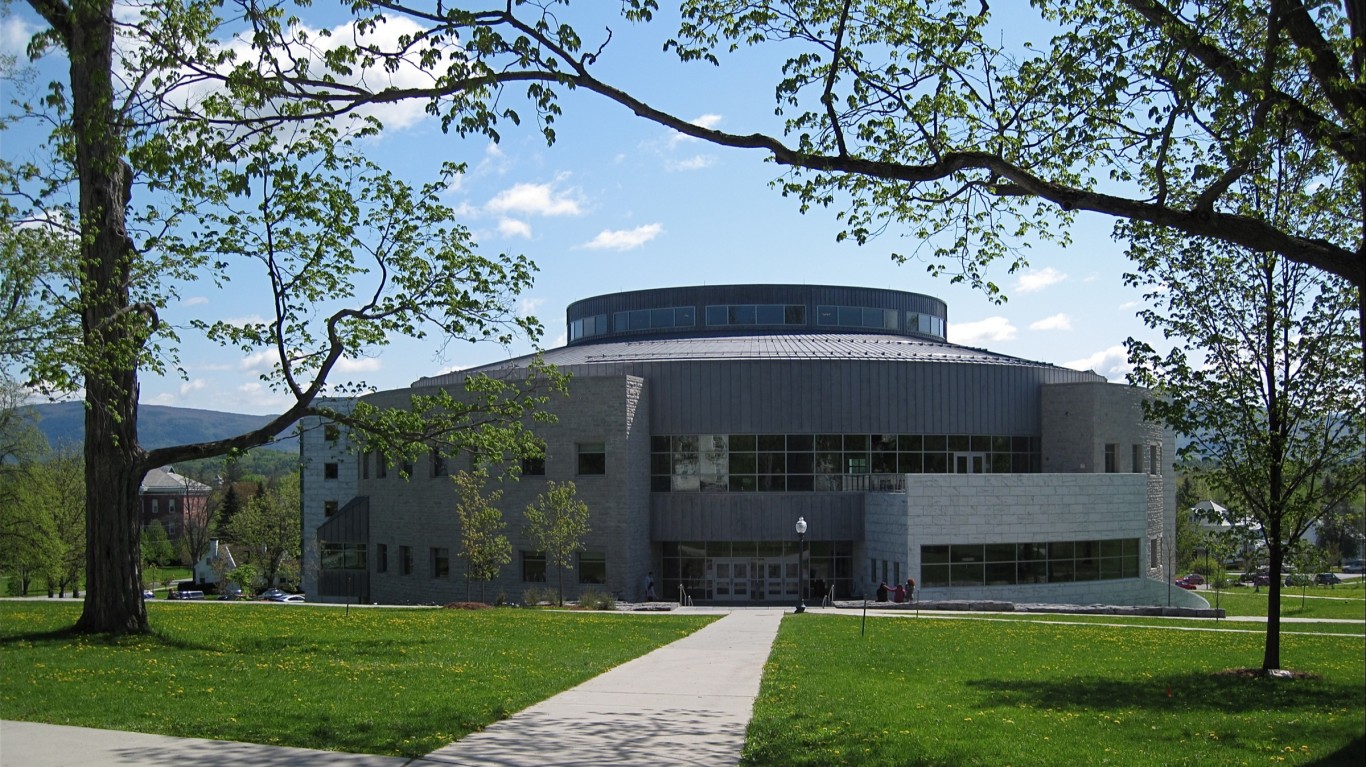
34. Middlebury College
> Acceptance rate: 17.1%
> SAT scores at 25th & 75th percentiles: 1,320 and 1,510
> Student to faculty ratio: 8:1
> Average net price of attendance: $23,136 per year
> Location: Middlebury, Vermont
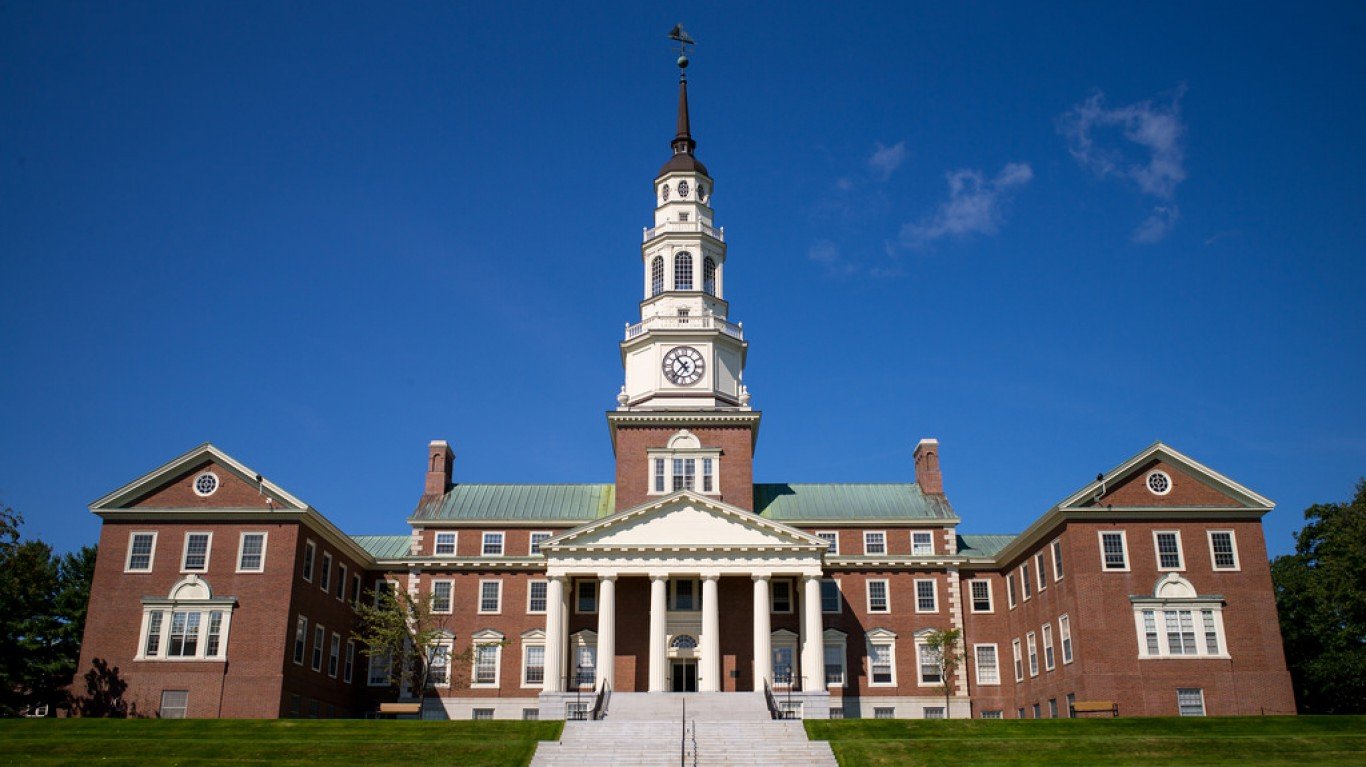
33. Colby College
> Acceptance rate: 15.8%
> SAT scores at 25th & 75th percentiles: 1,340 and 1,500
> Student to faculty ratio: 10:1
> Average net price of attendance: $20,689 per year
> Location: Waterville, Maine
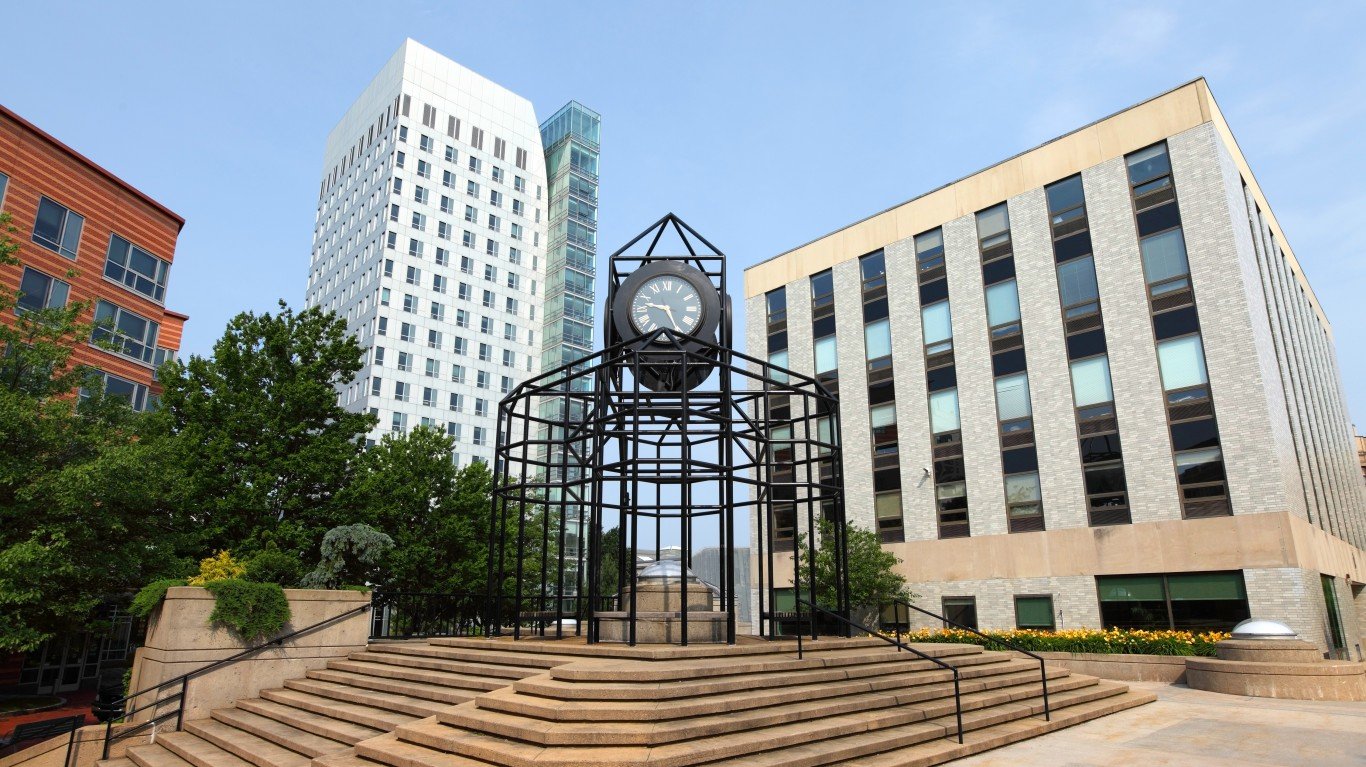
32. Northeastern University
> Acceptance rate: 27.4%
> SAT scores at 25th & 75th percentiles: 1,370 and 1,520
> Student to faculty ratio: 14:1
> Average net price of attendance: $34,245 per year
> Location: Boston, Massachusetts
[in-text-ad-2]
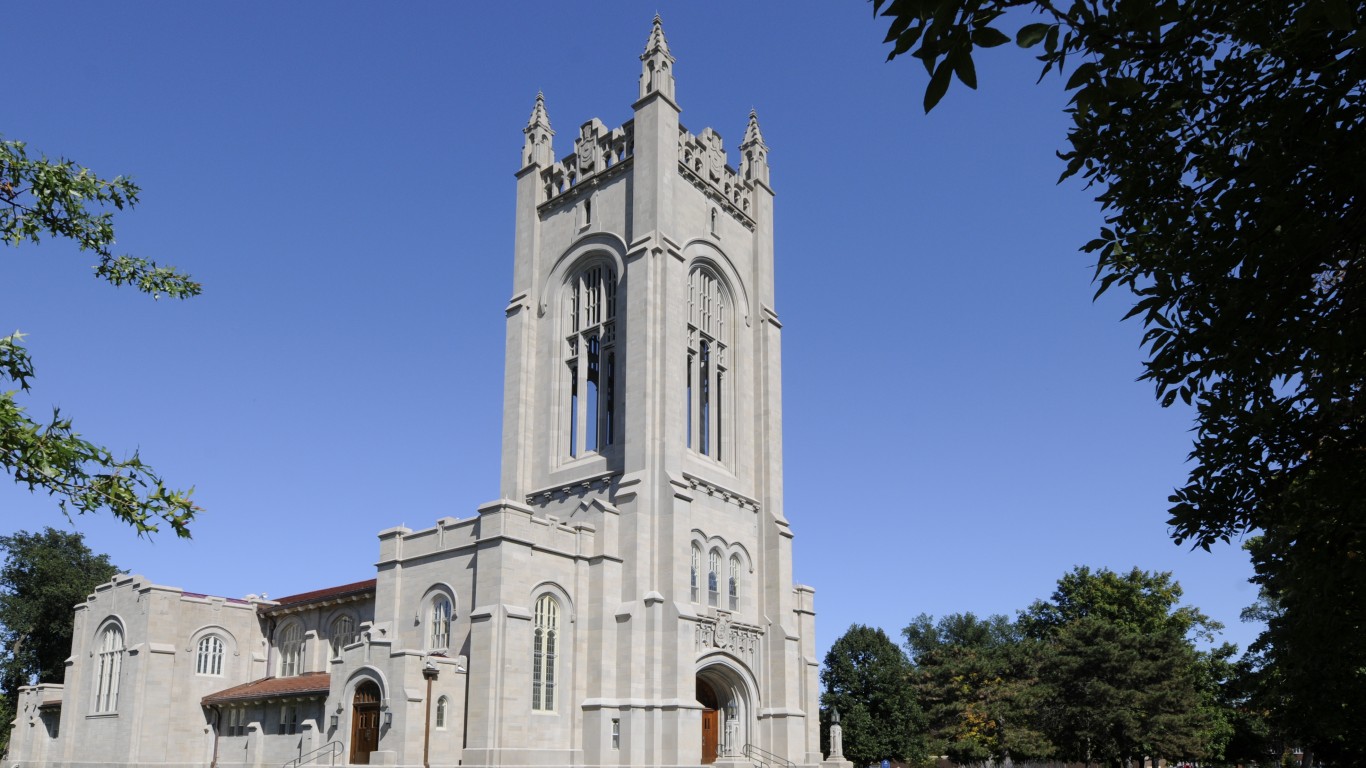
31. Carleton College
> Acceptance rate: 21.2%
> SAT scores at 25th & 75th percentiles: 1,360 and 1,530
> Student to faculty ratio: 9:1
> Average net price of attendance: $32,336 per year
> Location: Northfield, Minnesota
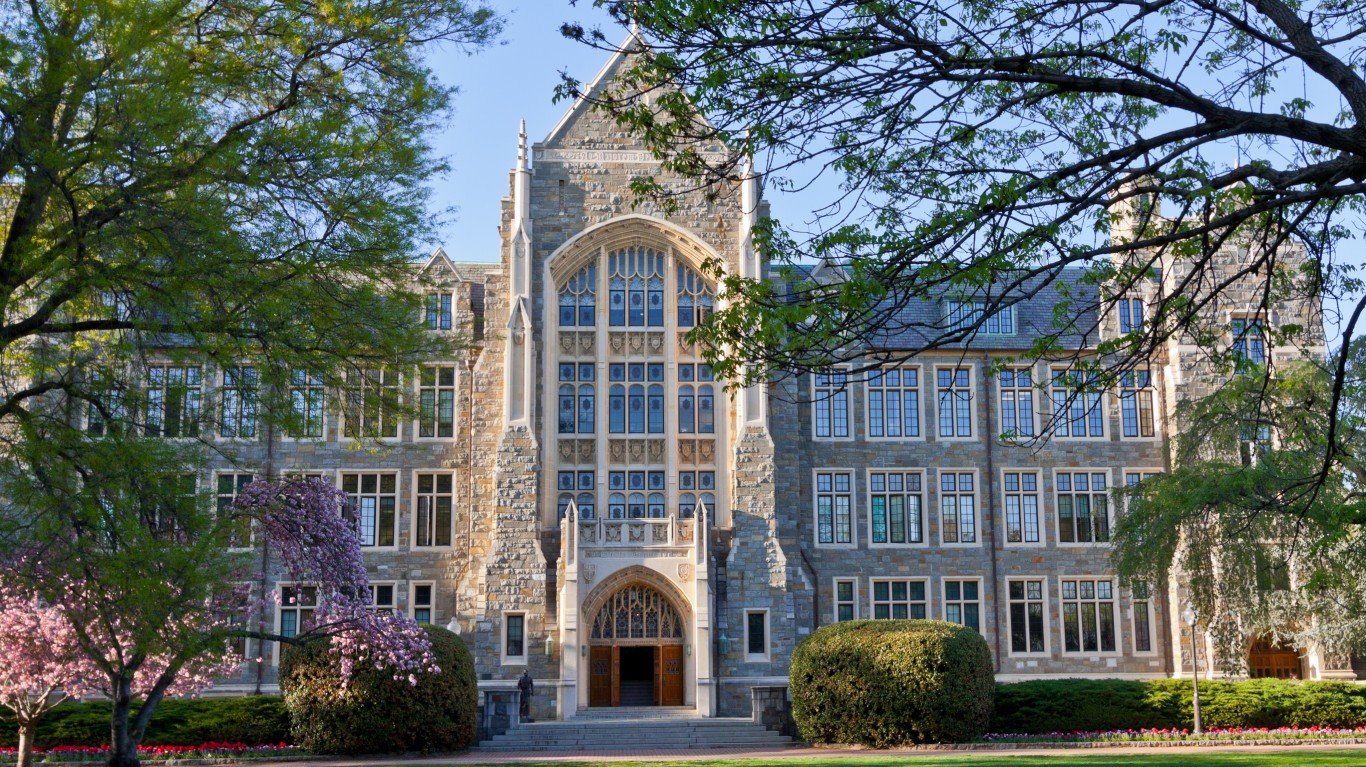
30. Georgetown University
> Acceptance rate: 15.7%
> SAT scores at 25th & 75th percentiles: 1,350 and 1,520
> Student to faculty ratio: 11:1
> Average net price of attendance: $28,509 per year
> Location: Washington, District of Columbia
[in-text-ad]
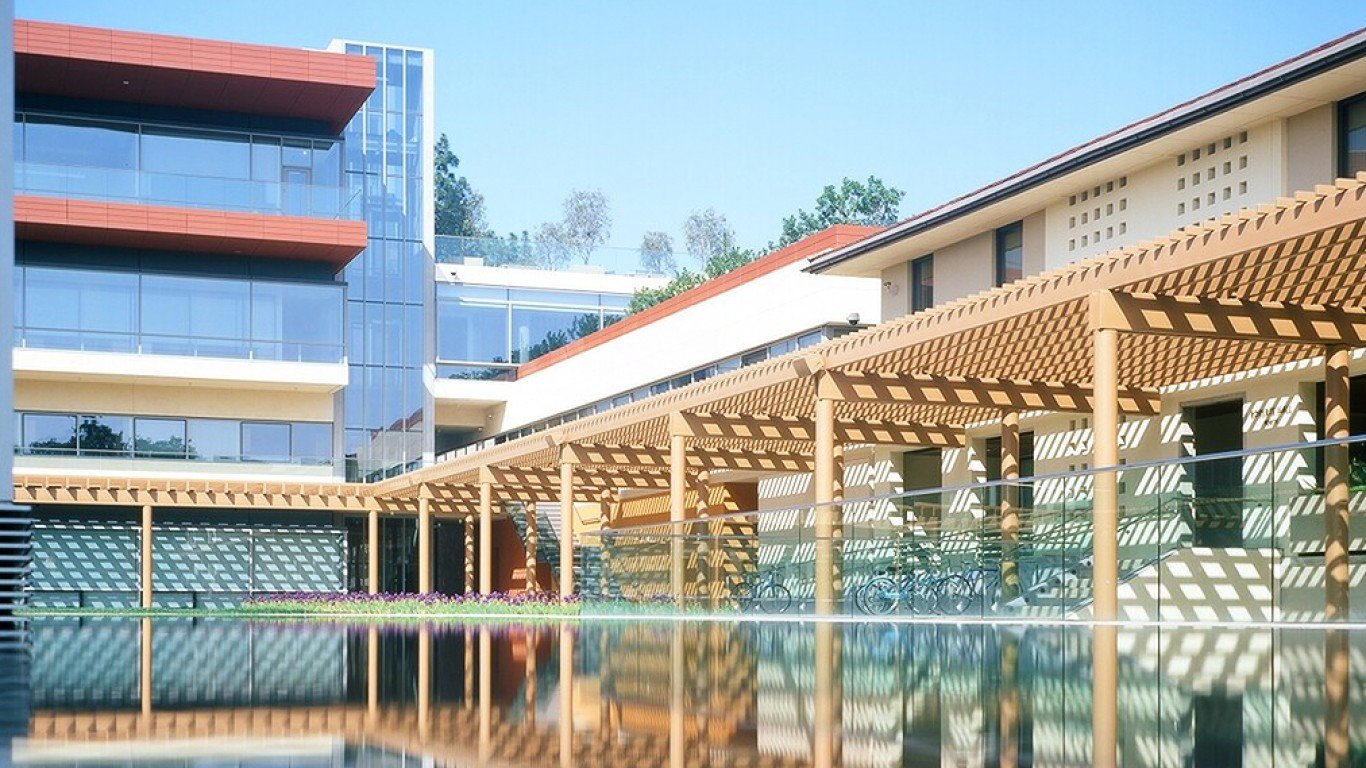
29. Claremont McKenna College
> Acceptance rate: 10.4%
> SAT scores at 25th & 75th percentiles: 1,340 and 1,510
> Student to faculty ratio: 8:1
> Average net price of attendance: $26,512 per year
> Location: Claremont, California
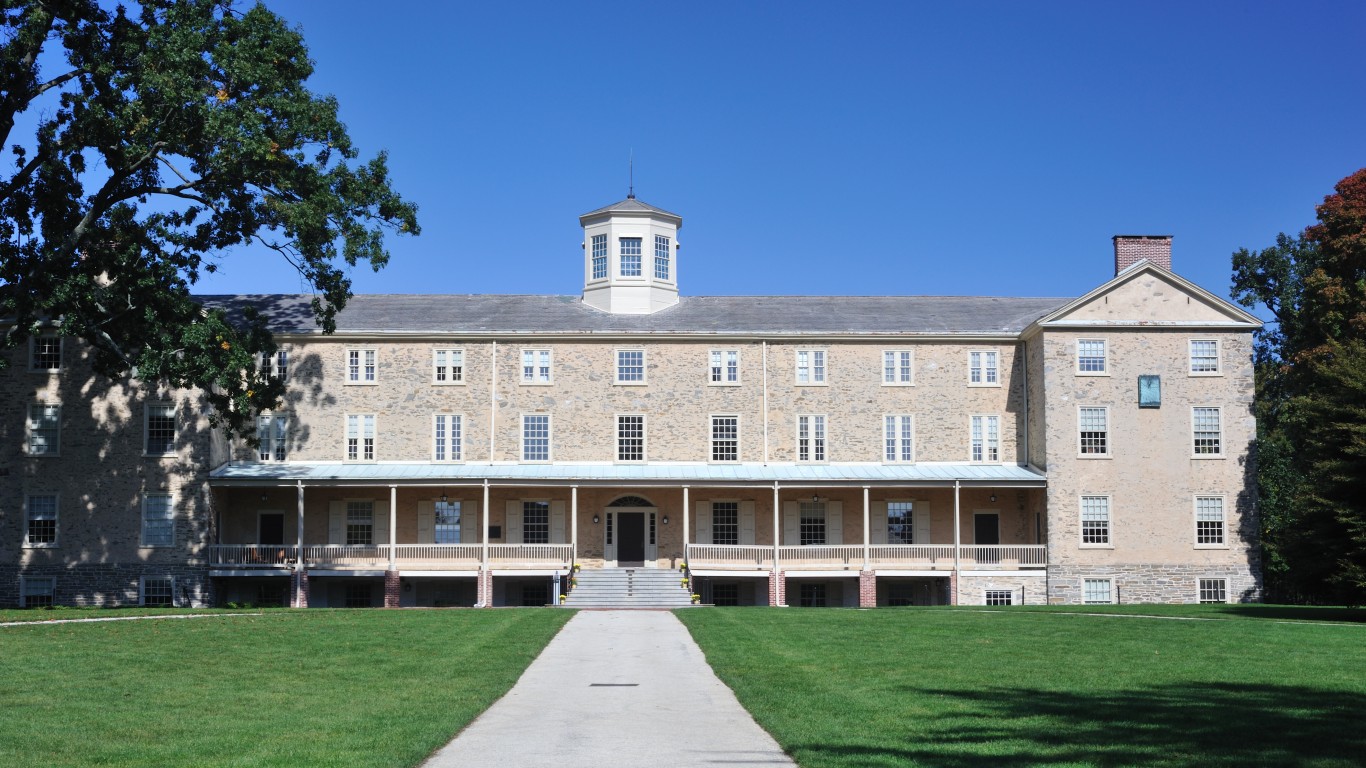
28. Haverford College
> Acceptance rate: 20.1%
> SAT scores at 25th & 75th percentiles: 1,390 and 1,530
> Student to faculty ratio: 8:1
> Average net price of attendance: $25,362 per year
> Location: Haverford, Pennsylvania
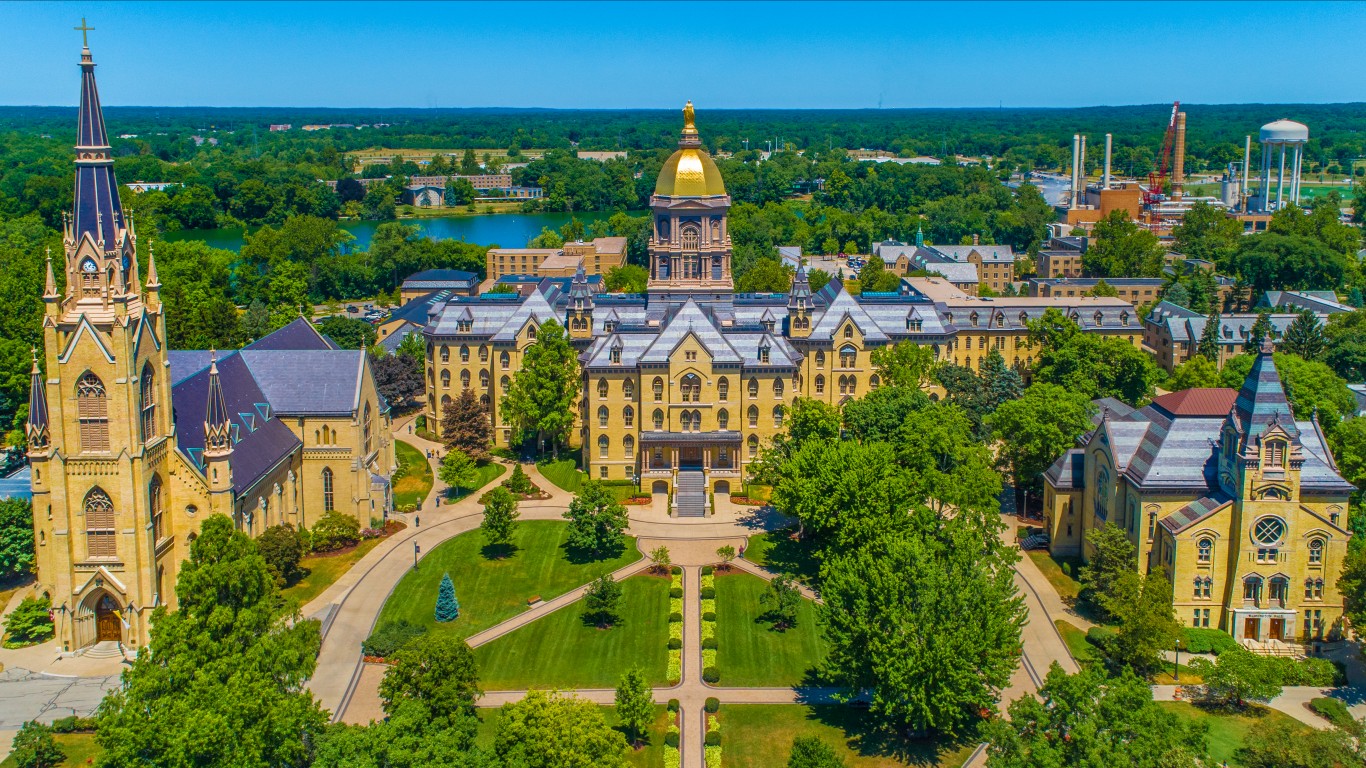
27. University of Notre Dame
> Acceptance rate: 18.9%
> SAT scores at 25th & 75th percentiles: 1,370 and 1,520
> Student to faculty ratio: 10:1
> Average net price of attendance: $30,229 per year
> Location: Notre Dame, Indiana
[in-text-ad-2]
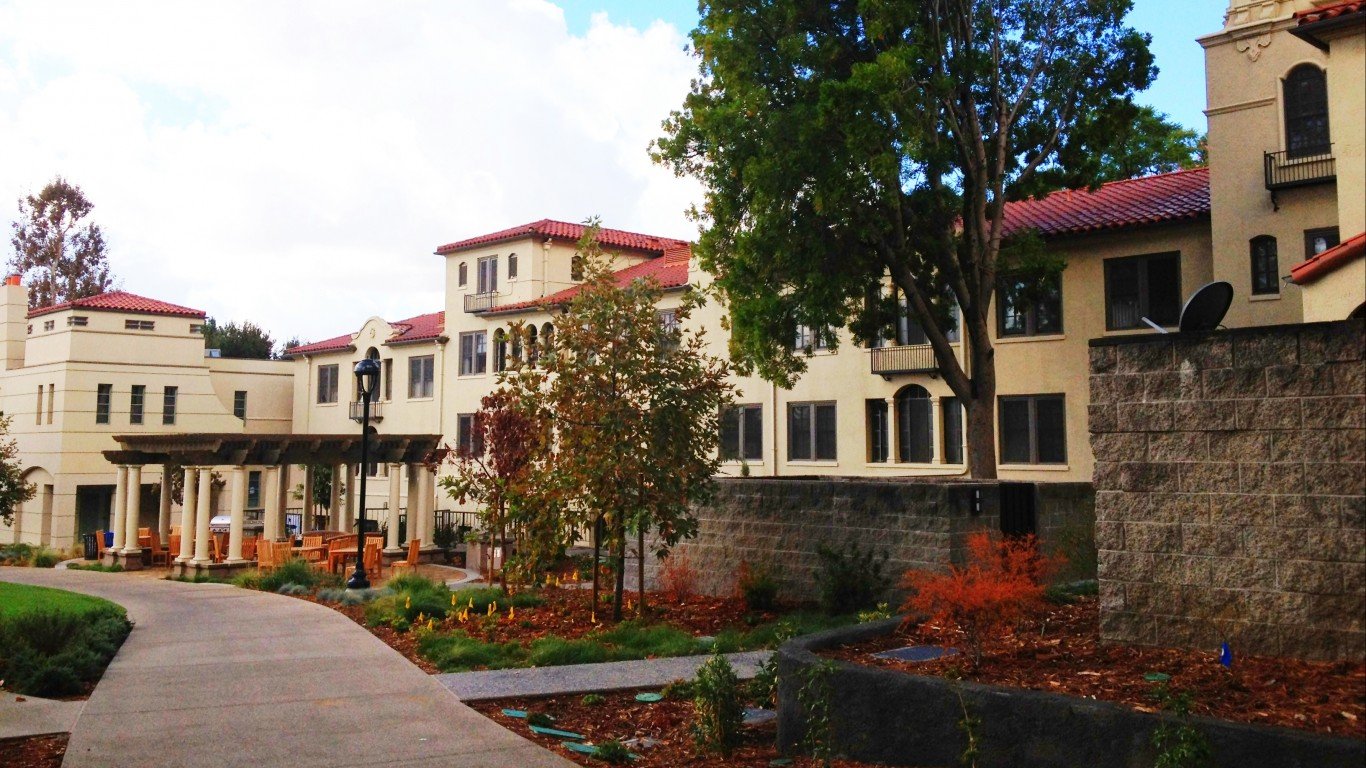
26. Pomona College
> Acceptance rate: 8.4%
> SAT scores at 25th & 75th percentiles: 1,370 and 1,530
> Student to faculty ratio: 7:1
> Average net price of attendance: $16,988 per year
> Location: Claremont, California
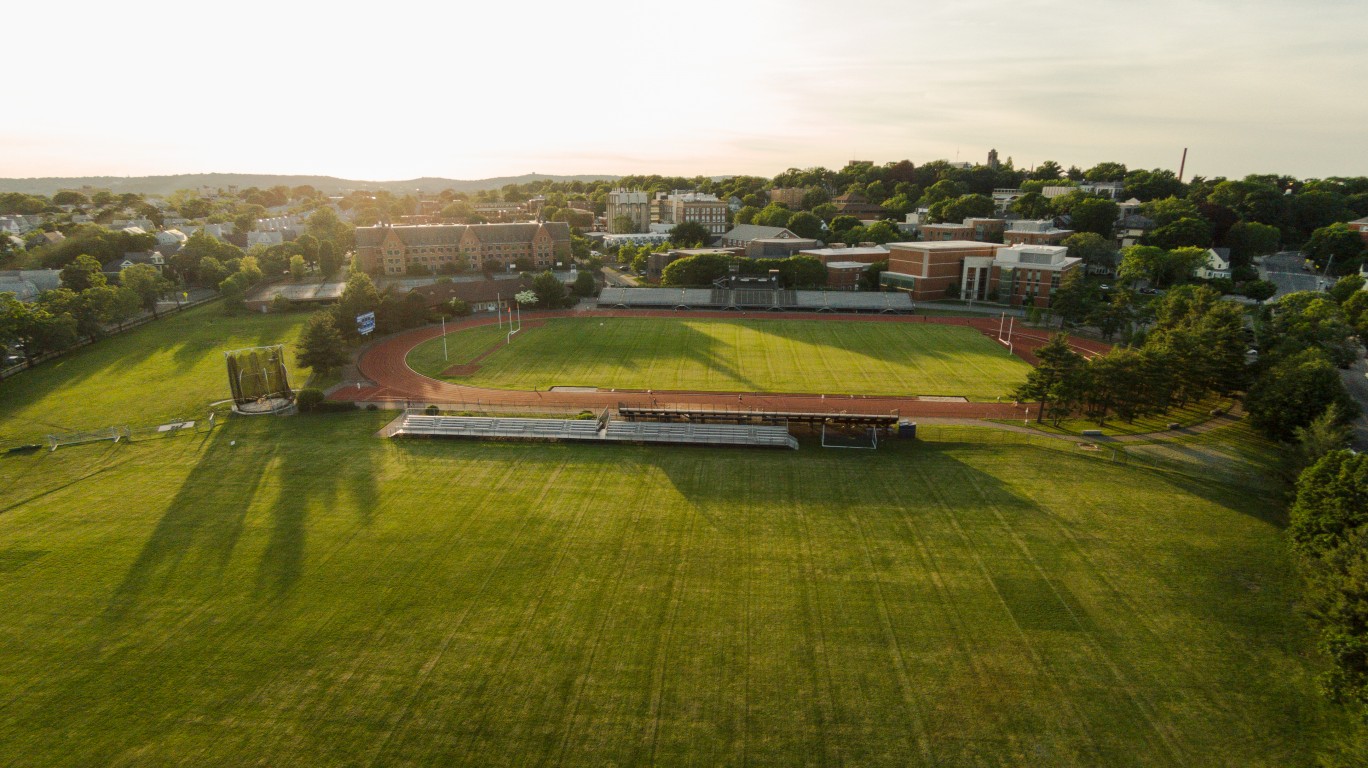
25. Tufts University
> Acceptance rate: 14.9%
> SAT scores at 25th & 75th percentiles: 1,410 and 1,540
> Student to faculty ratio: 9:1
> Average net price of attendance: $26,825 per year
> Location: Medford, Massachusetts
[in-text-ad]
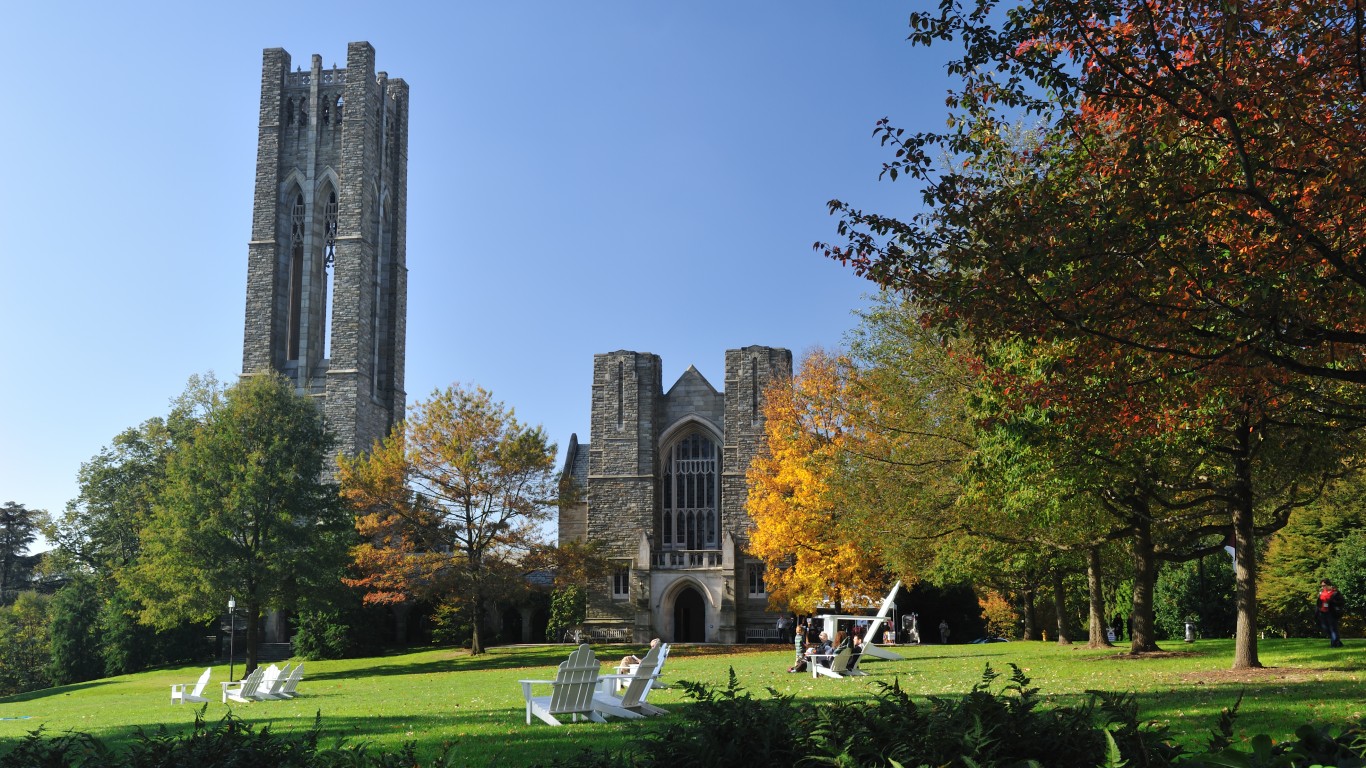
24. Swarthmore College
> Acceptance rate: 10.7%
> SAT scores at 25th & 75th percentiles: 1,380 and 1,540
> Student to faculty ratio: 8:1
> Average net price of attendance: $19,446 per year
> Location: Swarthmore, Pennsylvania
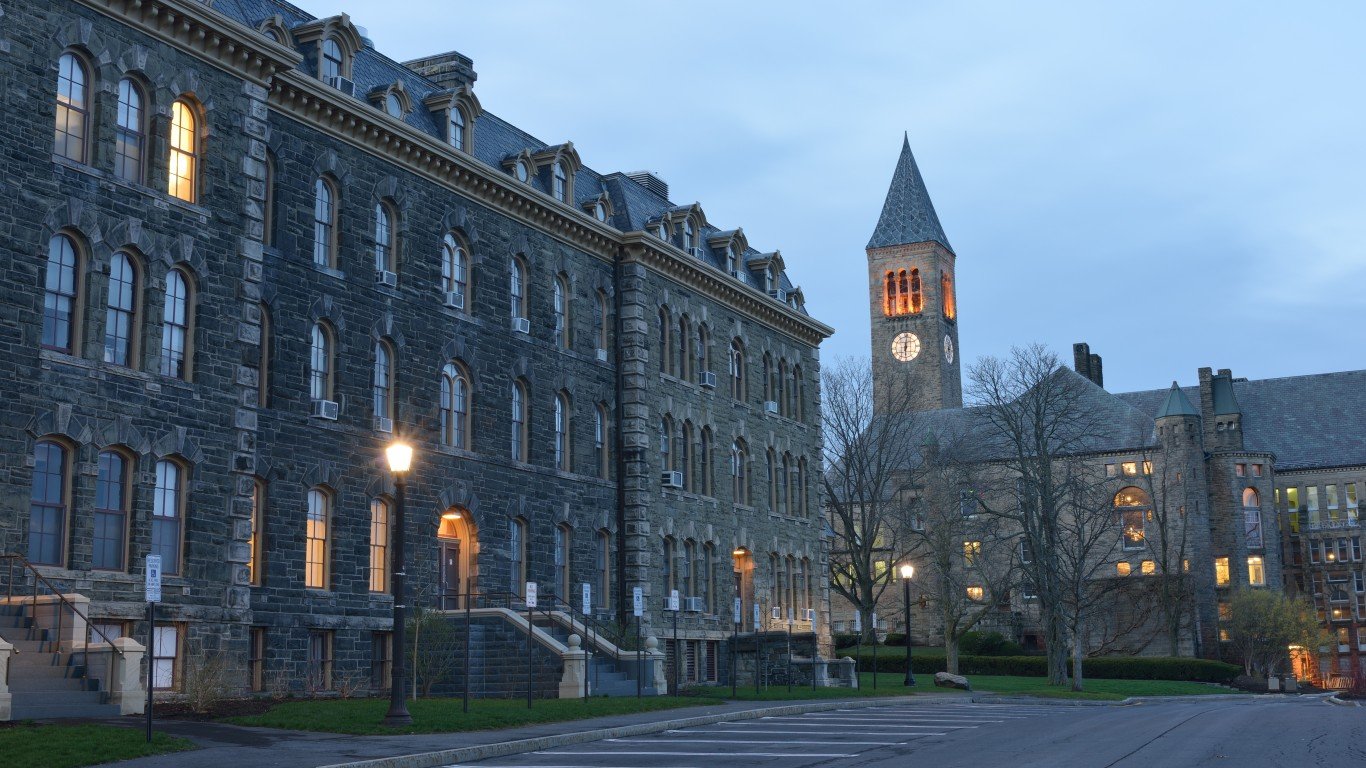
23. Cornell University
> Acceptance rate: 12.7%
> SAT scores at 25th & 75th percentiles: 1,390 and 1,550
> Student to faculty ratio: 9:1
> Average net price of attendance: $28,890 per year
> Location: Ithaca, New York
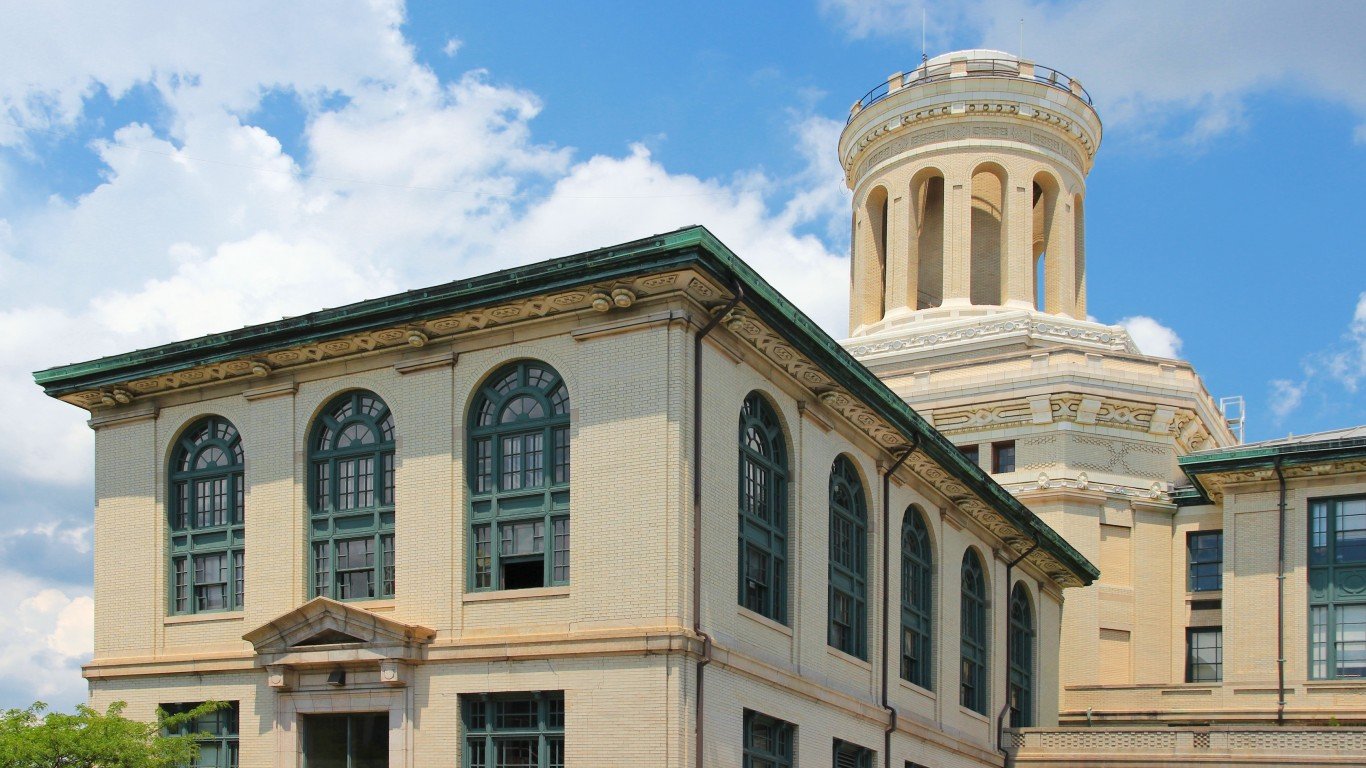
22. Carnegie Mellon University
> Acceptance rate: 22.2%
> SAT scores at 25th & 75th percentiles: 1,430 and 1,560
> Student to faculty ratio: 10:1
> Average net price of attendance: $30,847 per year
> Location: Pittsburgh, Pennsylvania
[in-text-ad-2]
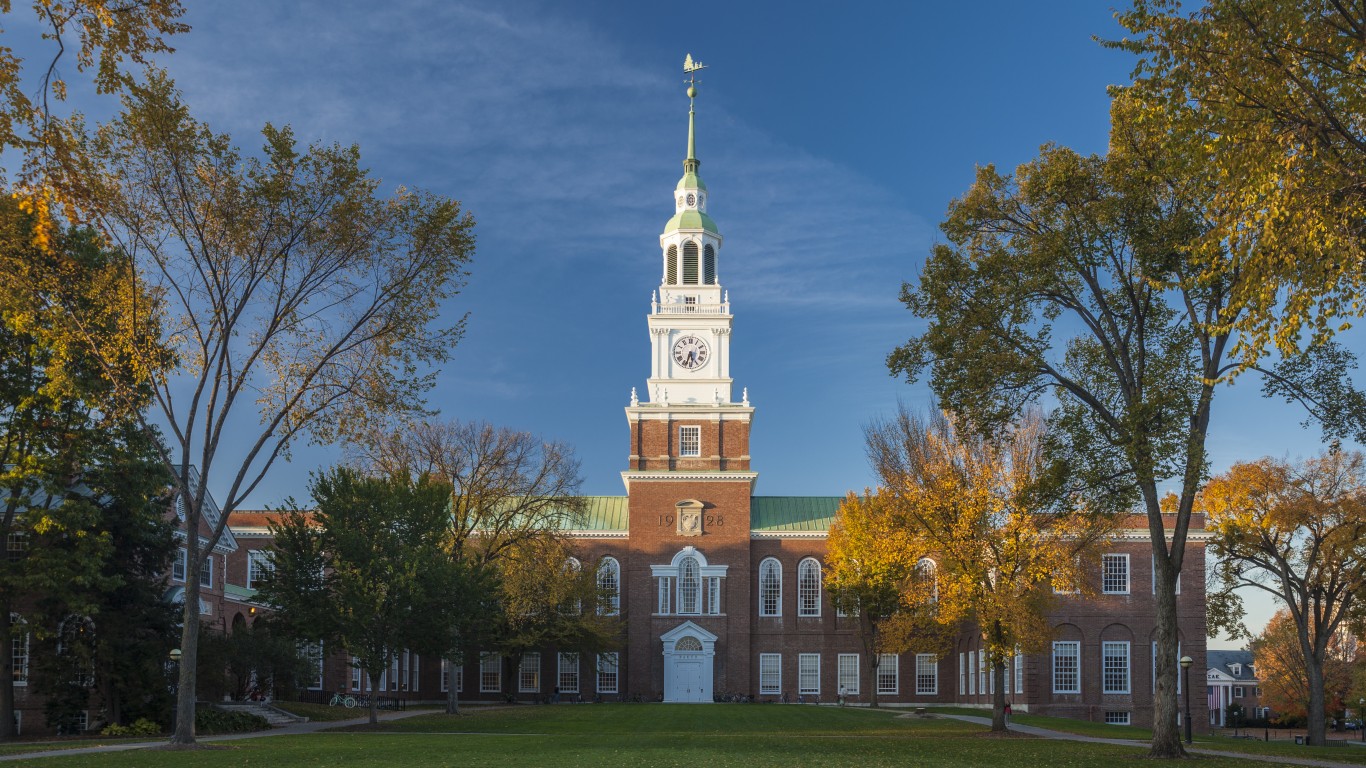
21. Dartmouth College
> Acceptance rate: 10.4%
> SAT scores at 25th & 75th percentiles: 1,430 and 1,560
> Student to faculty ratio: 7:1
> Average net price of attendance: $23,394 per year
> Location: Hanover, New Hampshire
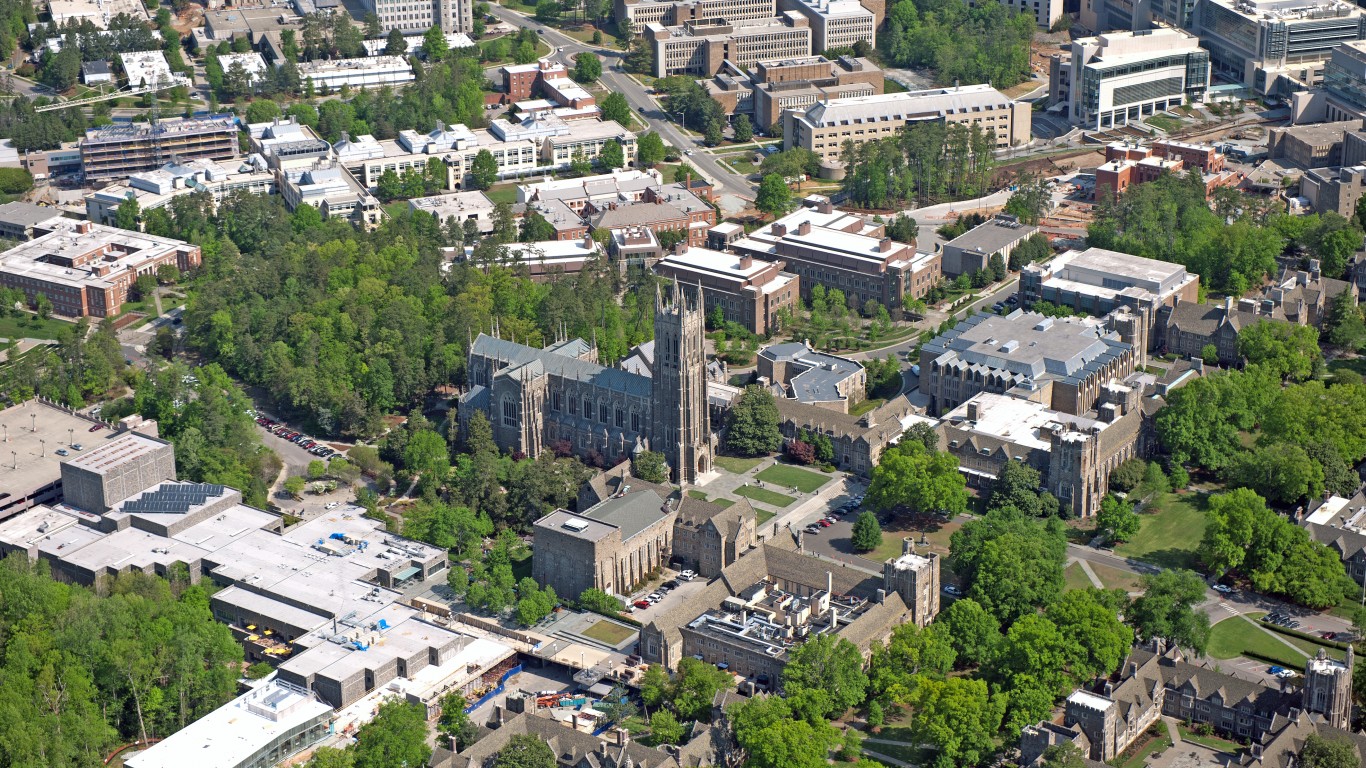
20. Duke University
> Acceptance rate: 9.9%
> SAT scores at 25th & 75th percentiles: 1,380 and 1,540
> Student to faculty ratio: 6:1
> Average net price of attendance: $19,785 per year
> Location: Durham, North Carolina
[in-text-ad]
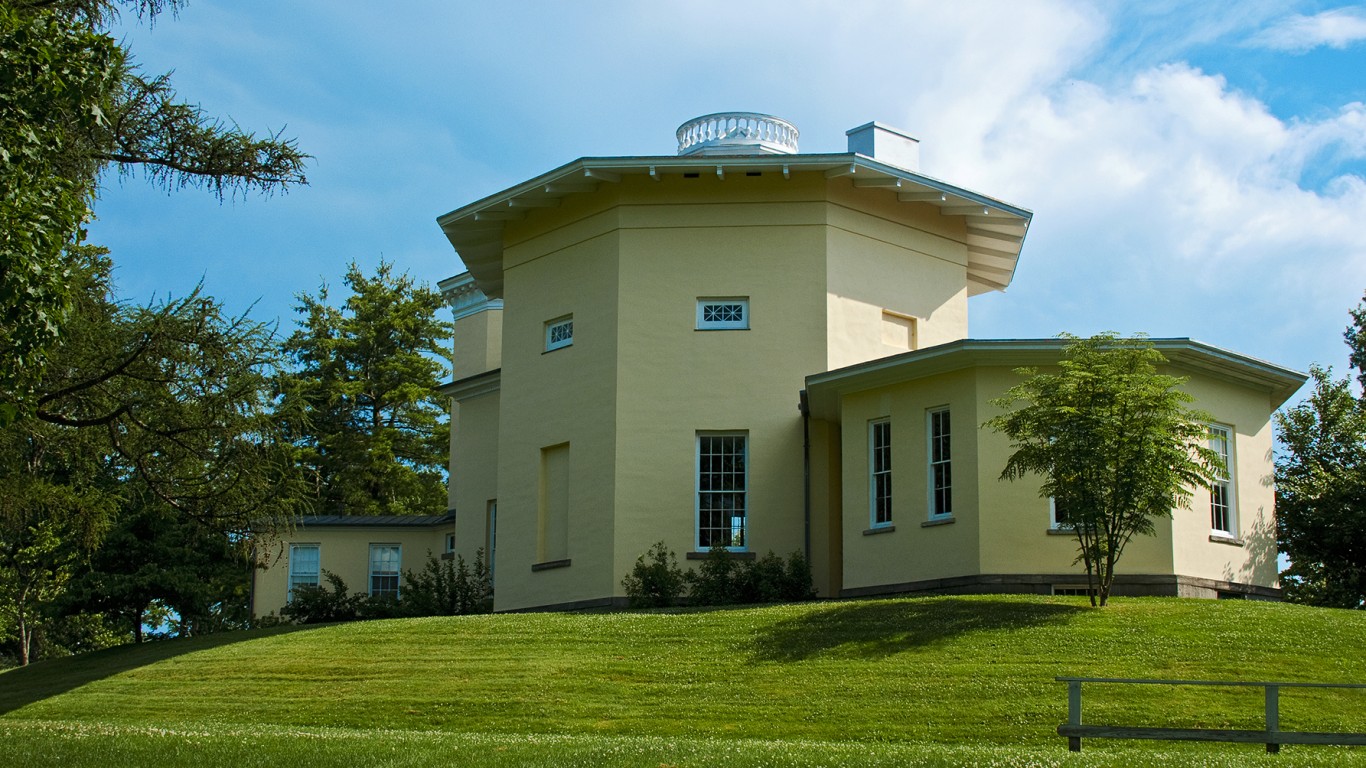
19. Amherst College
> Acceptance rate: 12.9%
> SAT scores at 25th & 75th percentiles: 1,400 and 1,560
> Student to faculty ratio: 7:1
> Average net price of attendance: $19,275 per year
> Location: Amherst, Massachusetts
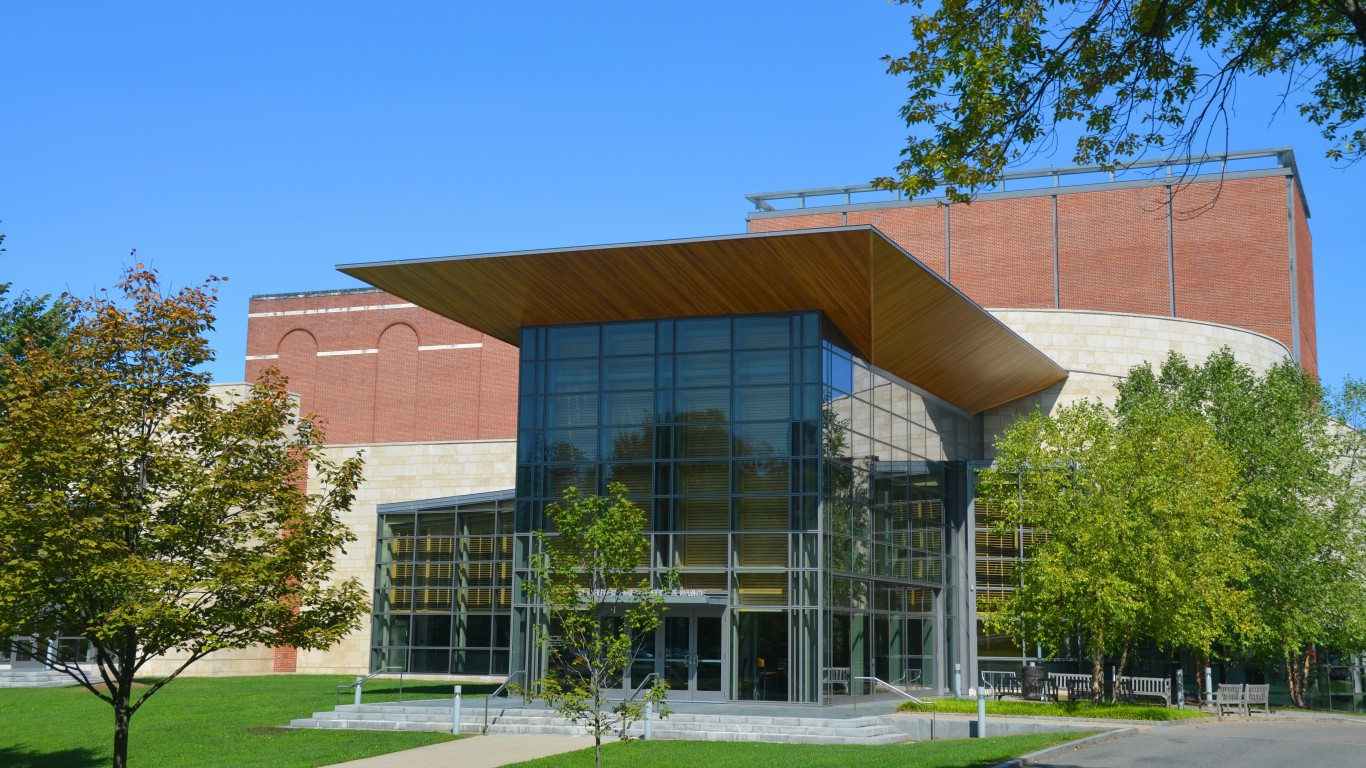
18. Williams College
> Acceptance rate: 14.6%
> SAT scores at 25th & 75th percentiles: 1,400 and 1,570
> Student to faculty ratio: 6:1
> Average net price of attendance: $18,979 per year
> Location: Williamstown, Massachusetts
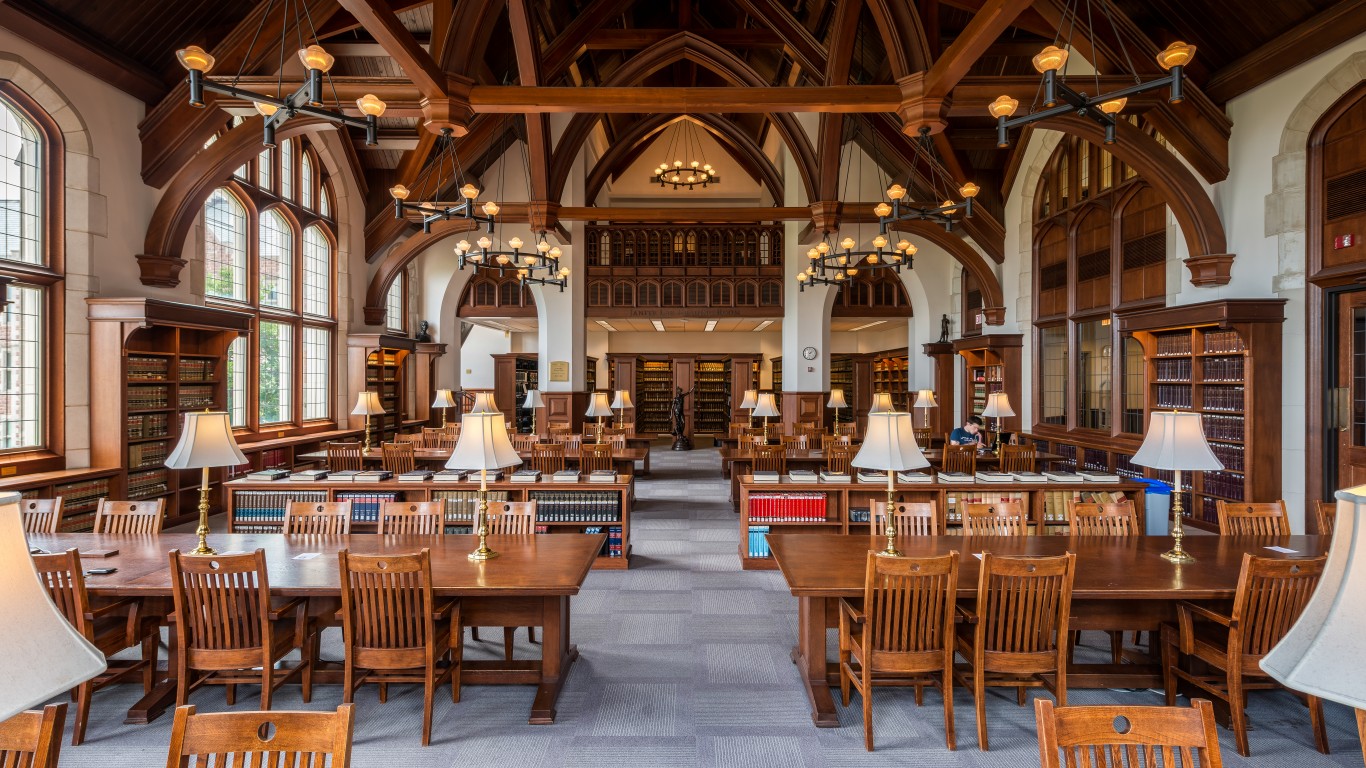
17. Washington University in St Louis
> Acceptance rate: 16.0%
> SAT scores at 25th & 75th percentiles: 1,470 and 1,570
> Student to faculty ratio: 7:1
> Average net price of attendance: $27,931 per year
> Location: Saint Louis, Missouri
[in-text-ad-2]
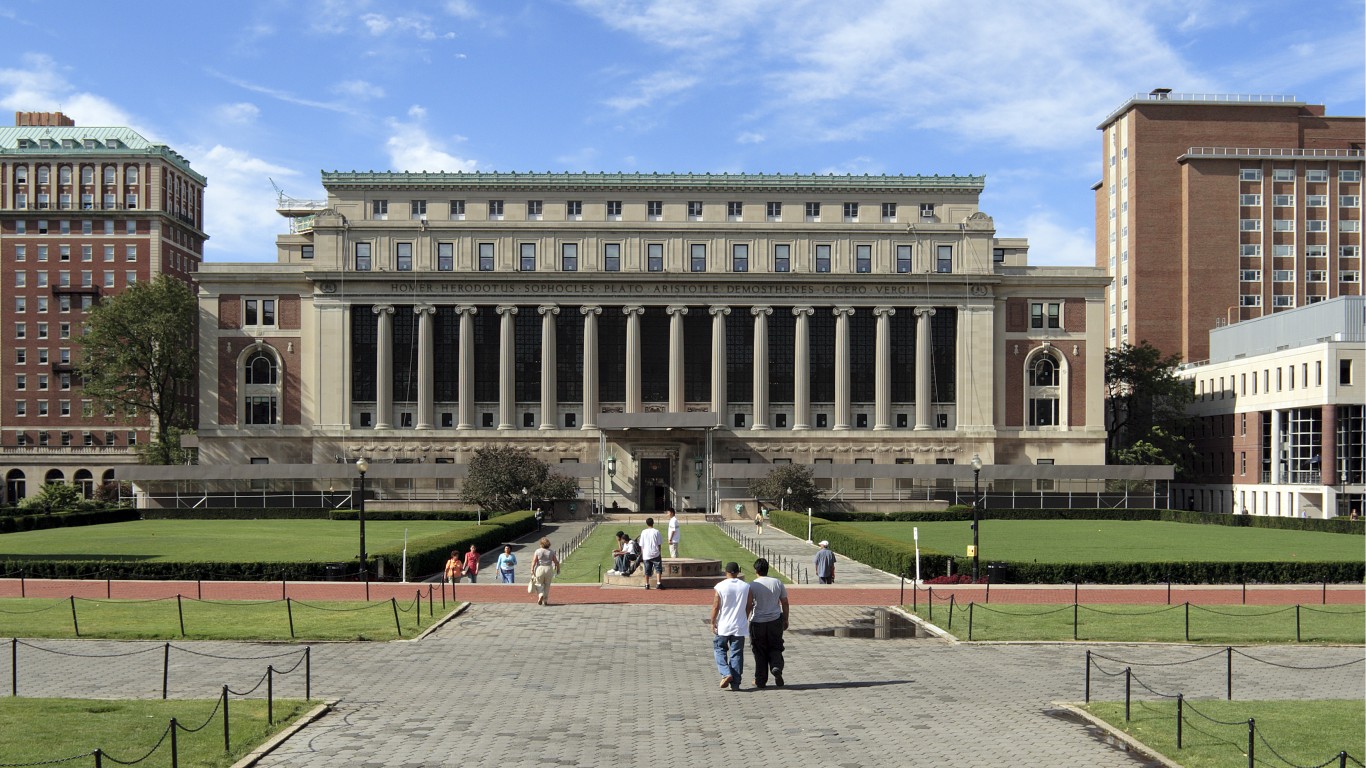
16. Columbia University in the City of New York
> Acceptance rate: 6.6%
> SAT scores at 25th & 75th percentiles: 1,410 and 1,570
> Student to faculty ratio: 6:1
> Average net price of attendance: $21,220 per year
> Location: New York, New York
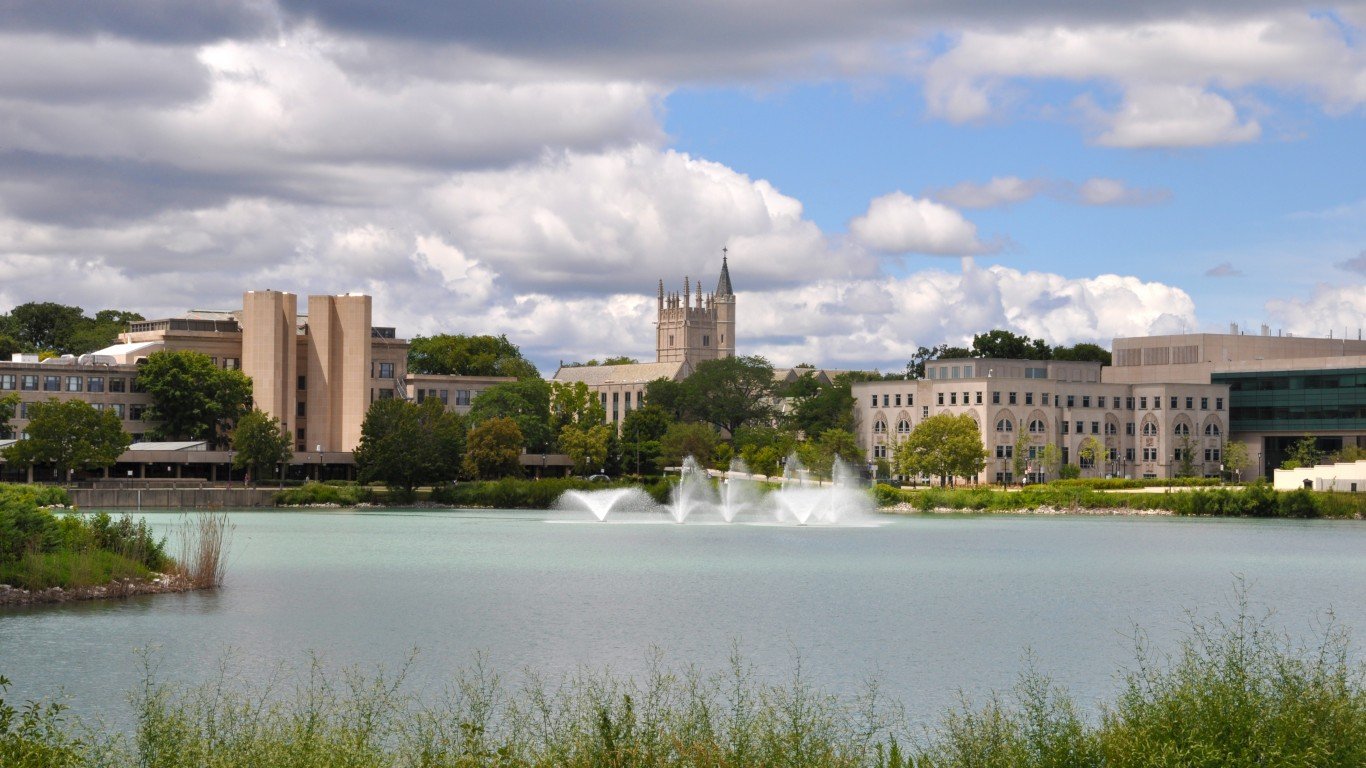
15. Northwestern University
> Acceptance rate: 9.2%
> SAT scores at 25th & 75th percentiles: 1,420 and 1,560
> Student to faculty ratio: 6:1
> Average net price of attendance: $27,540 per year
> Location: Evanston, Illinois
[in-text-ad]
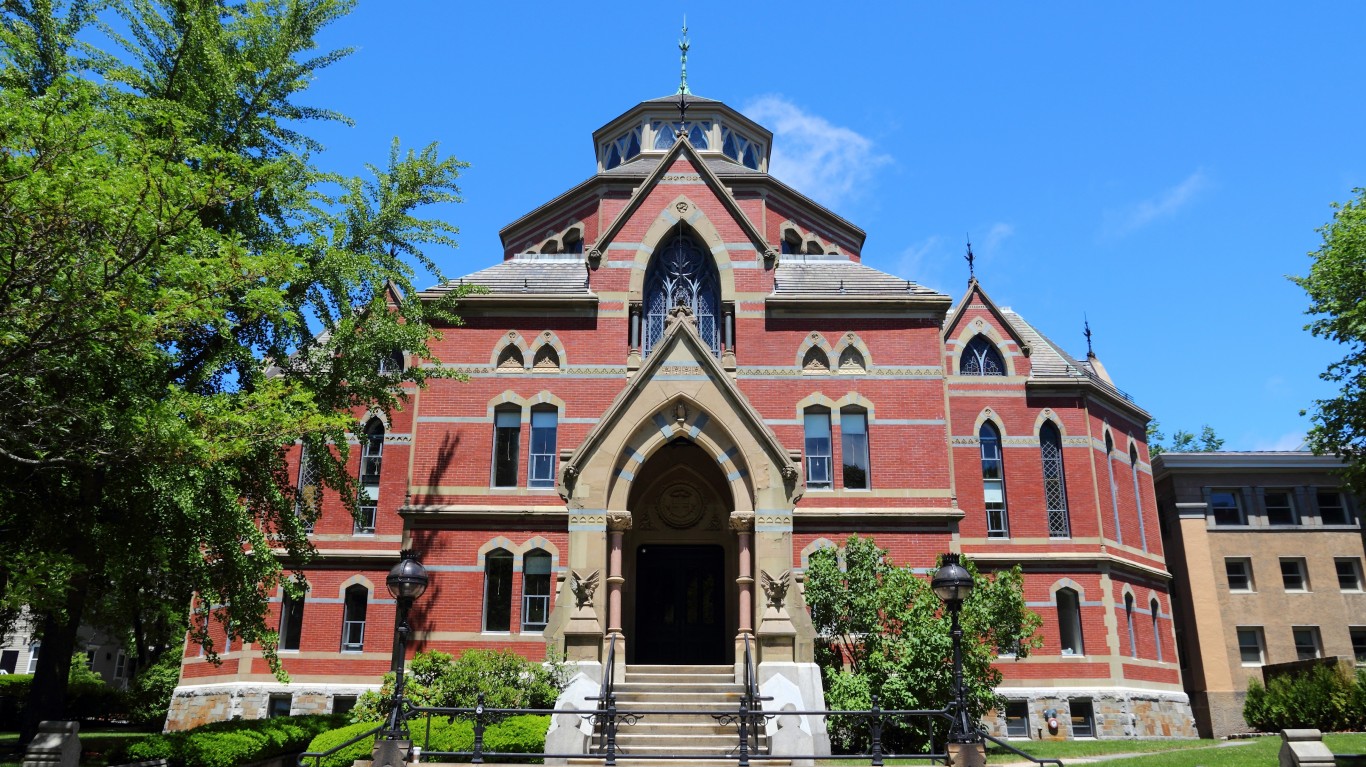
14. Brown University
> Acceptance rate: 8.5%
> SAT scores at 25th & 75th percentiles: 1,405 and 1,570
> Student to faculty ratio: 6:1
> Average net price of attendance: $27,238 per year
> Location: Providence, Rhode Island
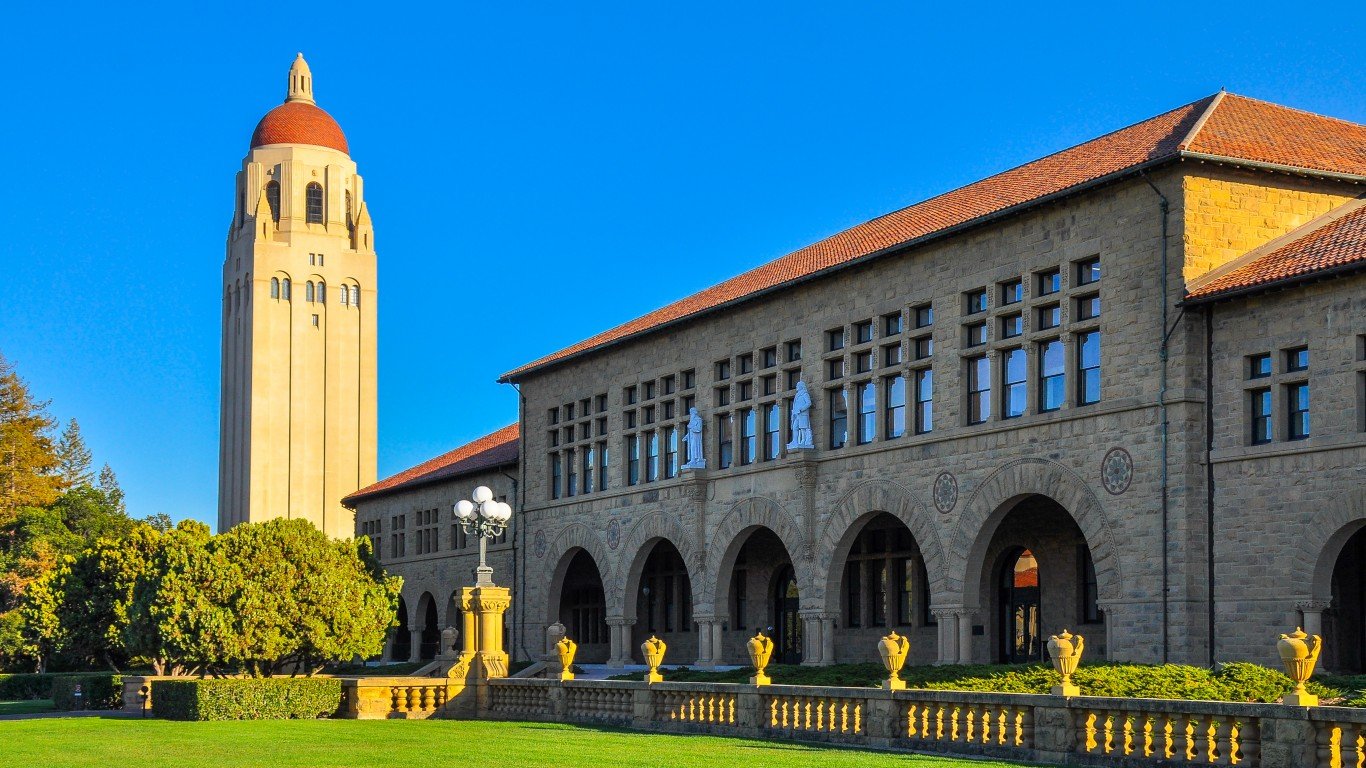
13. Stanford University
> Acceptance rate: 4.7%
> SAT scores at 25th & 75th percentiles: 1,390 and 1,540
> Student to faculty ratio: 5:1
> Average net price of attendance: $17,271 per year
> Location: Stanford, California
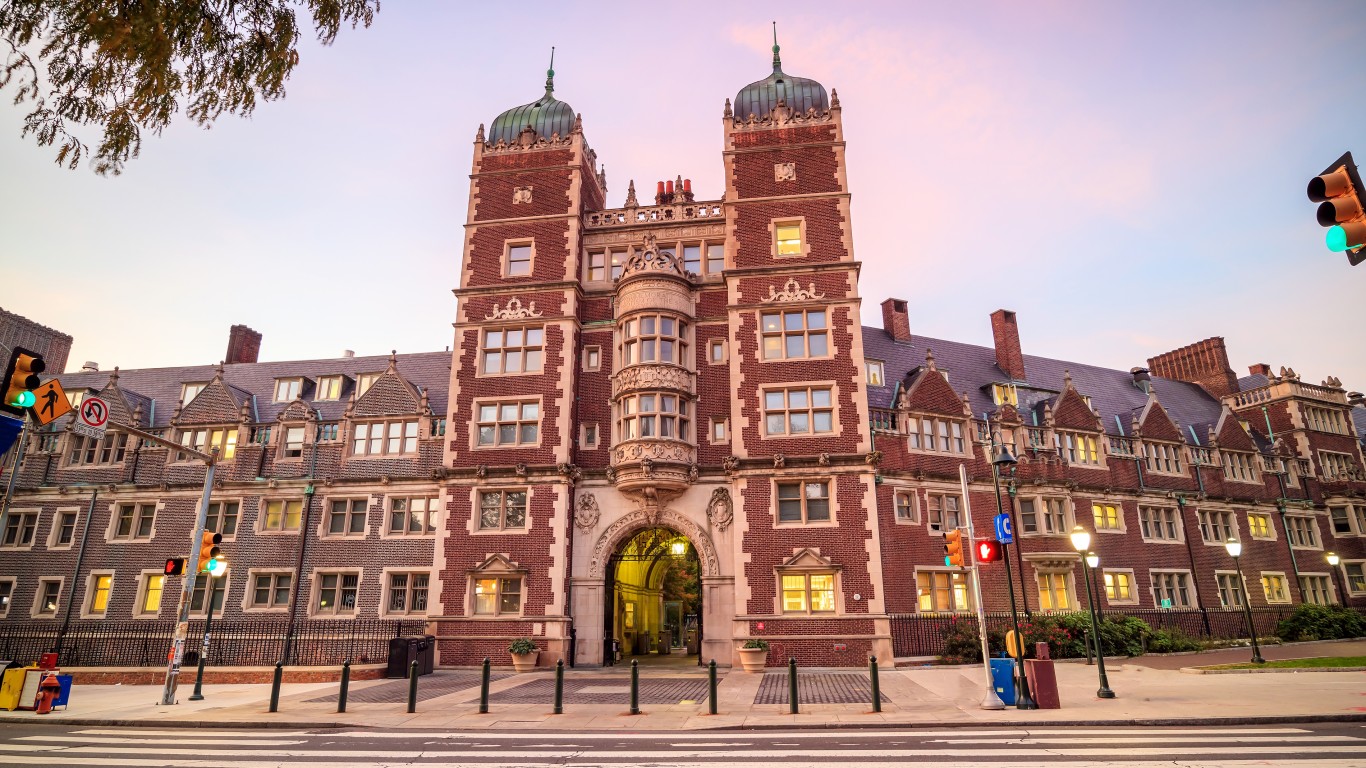
12. University of Pennsylvania
> Acceptance rate: 9.3%
> SAT scores at 25th & 75th percentiles: 1,420 and 1,560
> Student to faculty ratio: 6:1
> Average net price of attendance: $26,266 per year
> Location: Philadelphia, Pennsylvania
[in-text-ad-2]
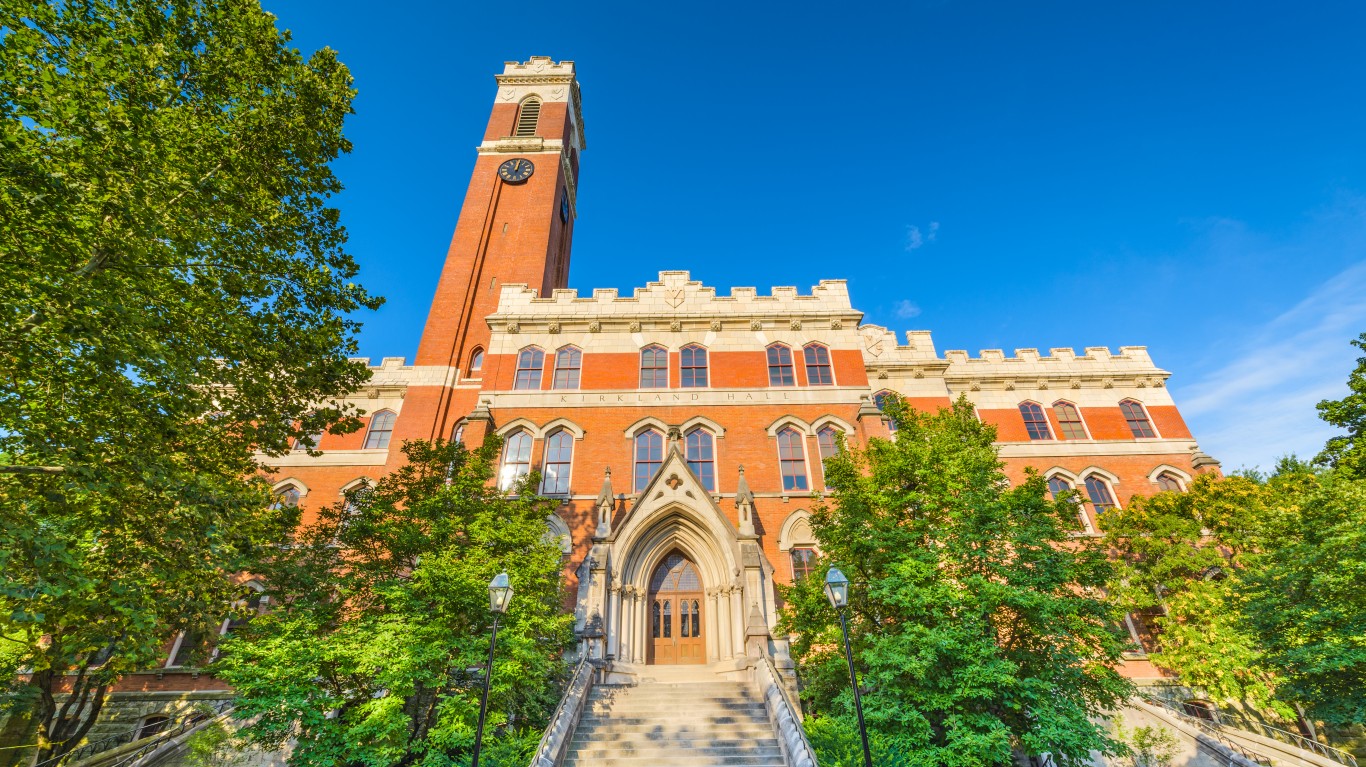
11. Vanderbilt University
> Acceptance rate: 10.9%
> SAT scores at 25th & 75th percentiles: 1,440 and 1,570
> Student to faculty ratio: 7:1
> Average net price of attendance: $23,596 per year
> Location: Nashville, Tennessee
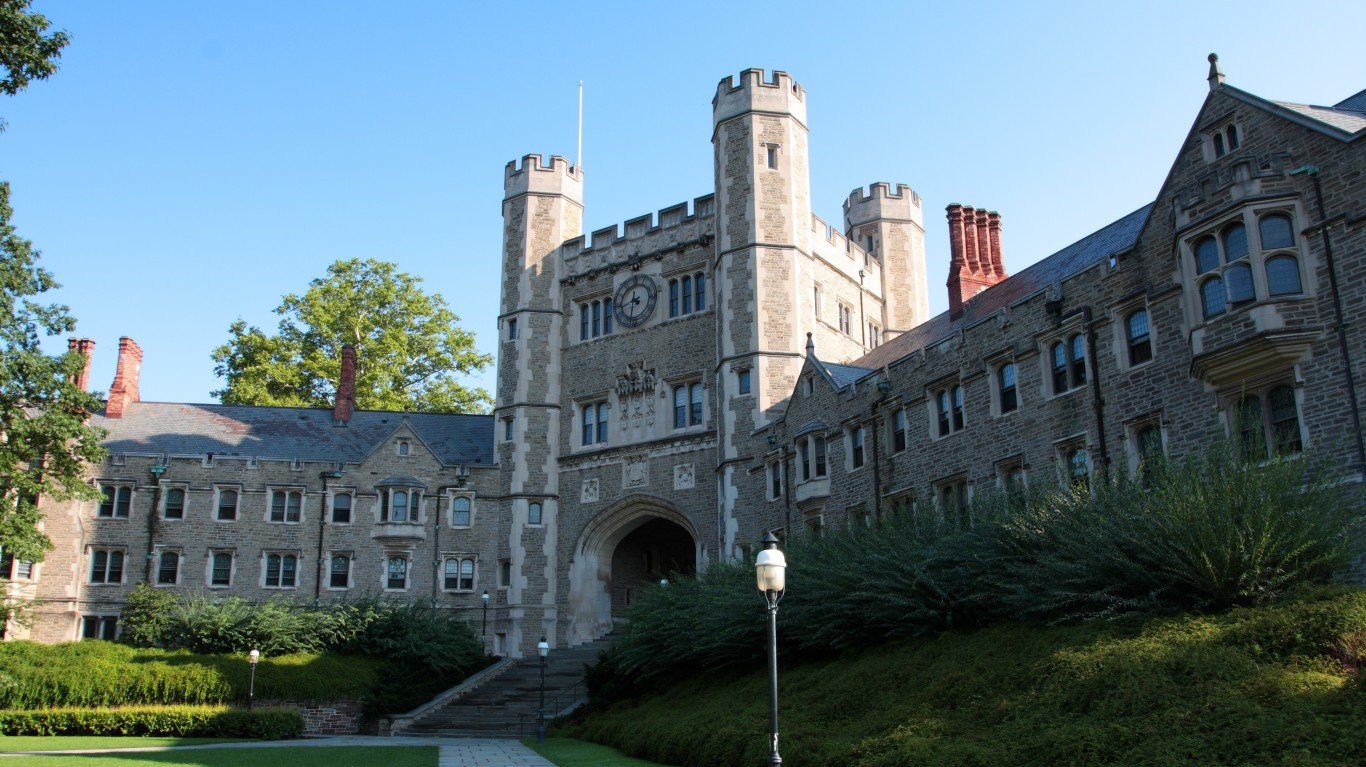
10. Princeton University
> Acceptance rate: 6.4%
> SAT scores at 25th & 75th percentiles: 1,430 and 1,570
> Student to faculty ratio: 5:1
> Average net price of attendance: $16,192 per year
> Location: Princeton, New Jersey
[in-text-ad]
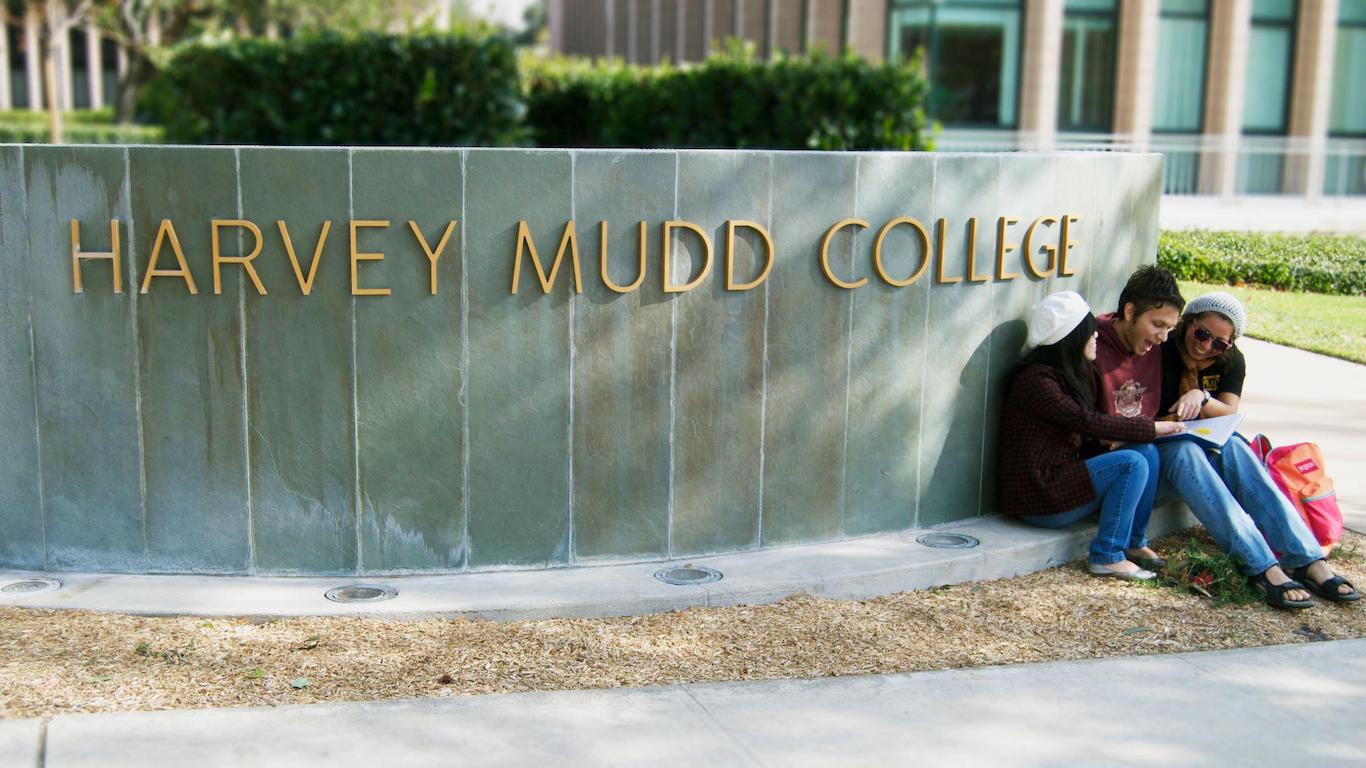
9. Harvey Mudd College
> Acceptance rate: 15.4%
> SAT scores at 25th & 75th percentiles: 1,470 and 1,570
> Student to faculty ratio: 8:1
> Average net price of attendance: $38,768 per year
> Location: Claremont, California
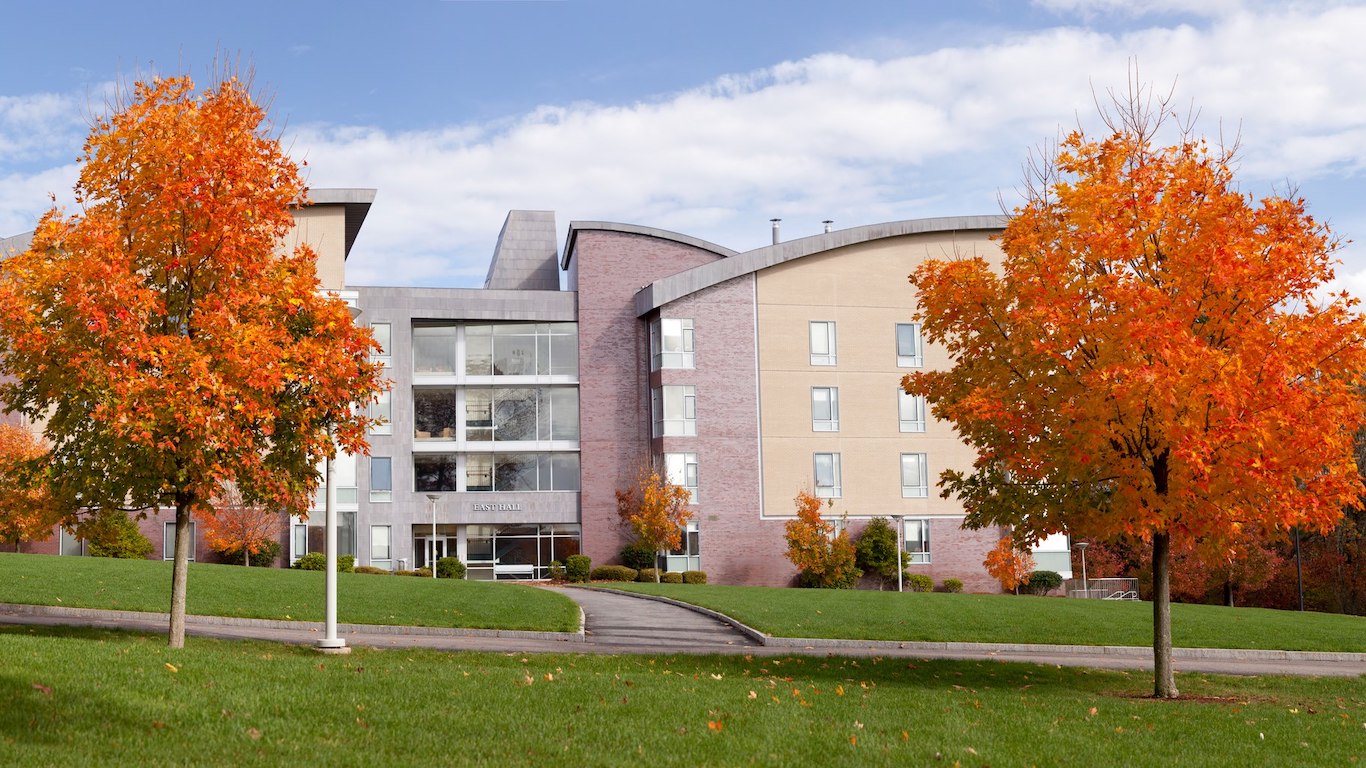
8. Franklin W Olin College of Engineering
> Acceptance rate: 13.4%
> SAT scores at 25th & 75th percentiles: 1,450 and 1,570
> Student to faculty ratio: 7:1
> Average net price of attendance: $32,684 per year
> Location: Needham, Massachusetts
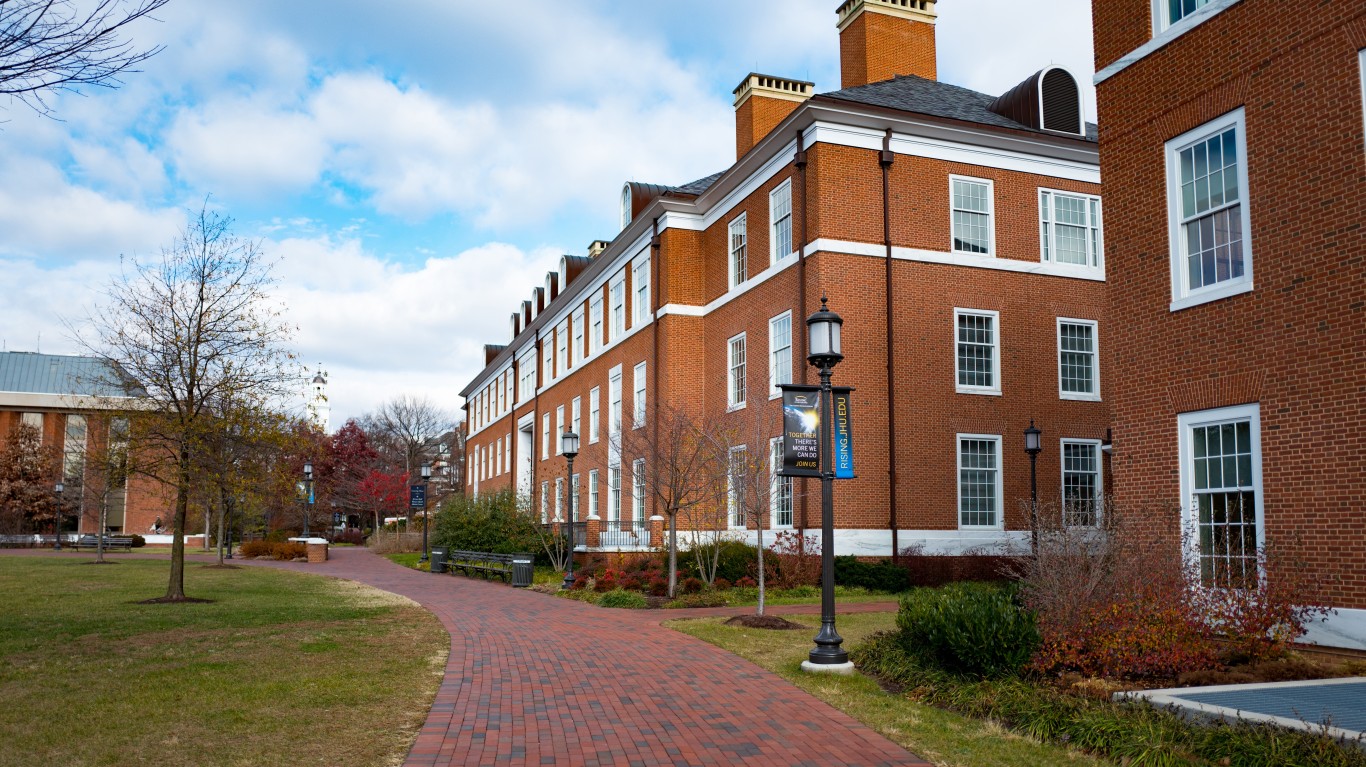
7. Johns Hopkins University
> Acceptance rate: 12.5%
> SAT scores at 25th & 75th percentiles: 1,450 and 1,570
> Student to faculty ratio: 7:1
> Average net price of attendance: $27,868 per year
> Location: Baltimore, Maryland
[in-text-ad-2]
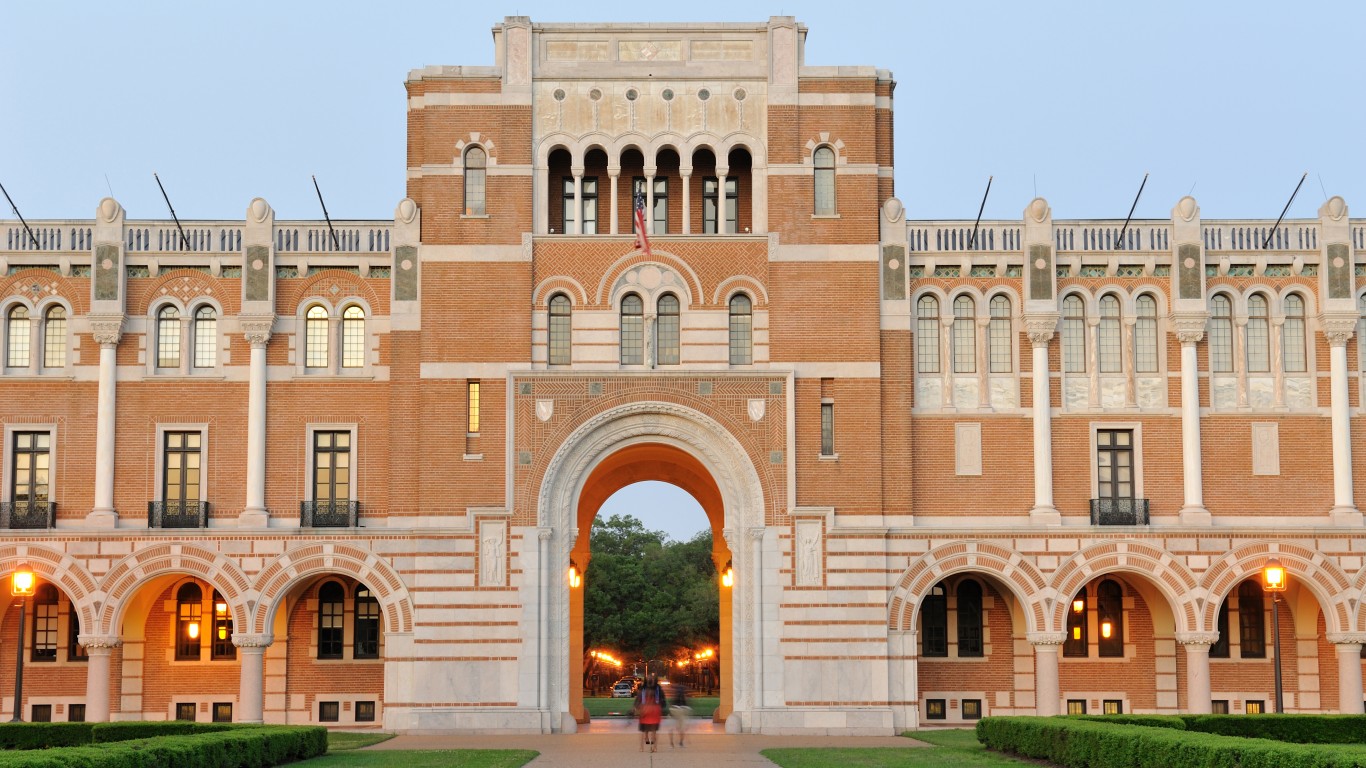
6. Rice University
> Acceptance rate: 15.9%
> SAT scores at 25th & 75th percentiles: 1,490 and 1,580
> Student to faculty ratio: 6:1
> Average net price of attendance: $23,202 per year
> Location: Houston, Texas
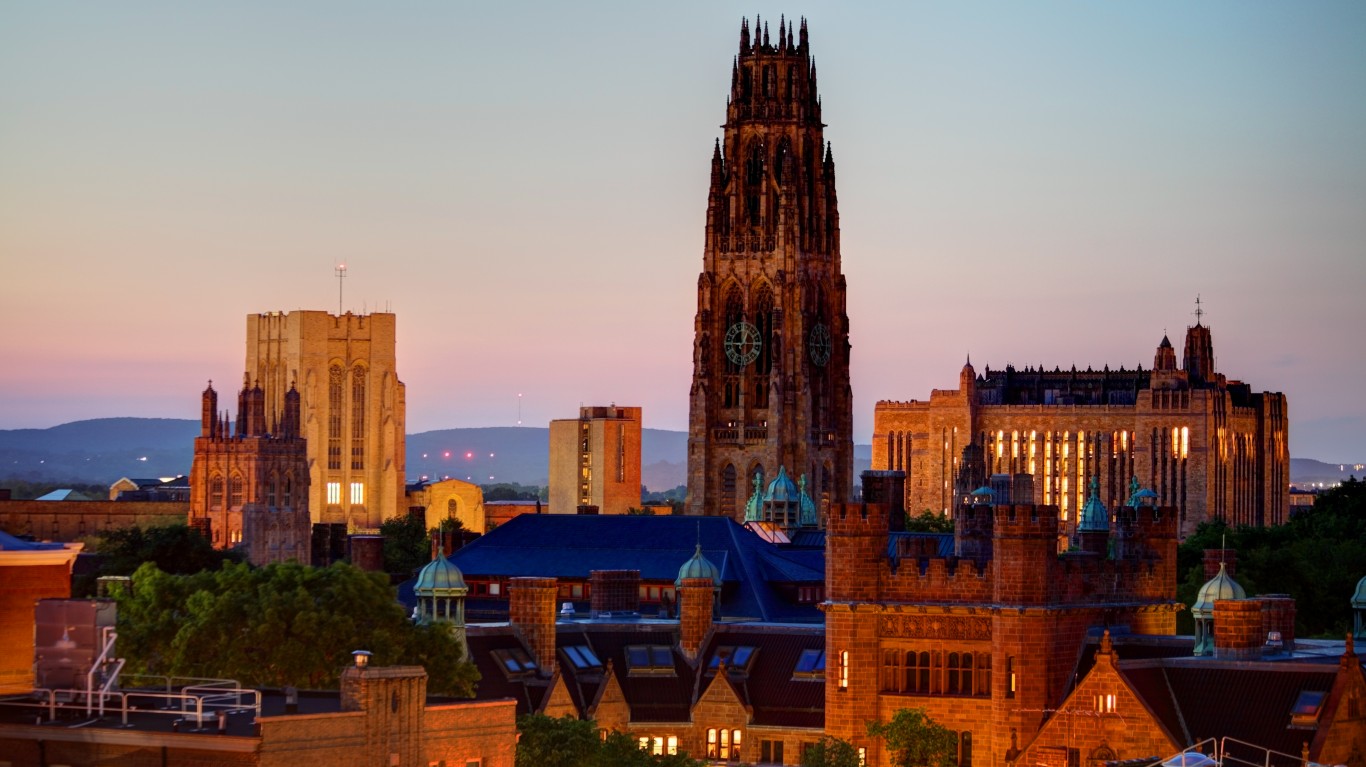
5. Yale University
> Acceptance rate: 6.9%
> SAT scores at 25th & 75th percentiles: 1,460 and 1,580
> Student to faculty ratio: 6:1
> Average net price of attendance: $18,748 per year
> Location: New Haven, Connecticut
[in-text-ad]
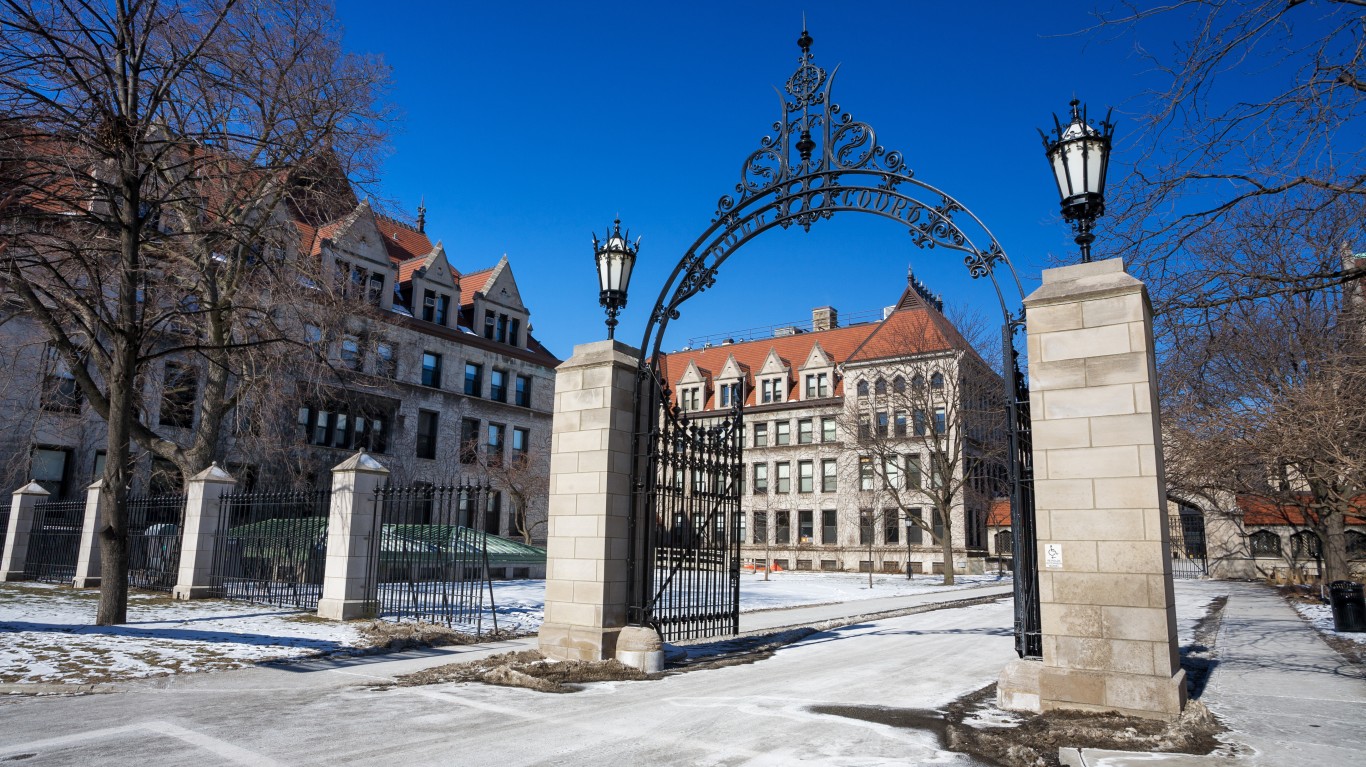
4. University of Chicago
> Acceptance rate: 8.7%
> SAT scores at 25th & 75th percentiles: 1,480 and 1,580
> Student to faculty ratio: 5:1
> Average net price of attendance: $33,003 per year
> Location: Chicago, Illinois
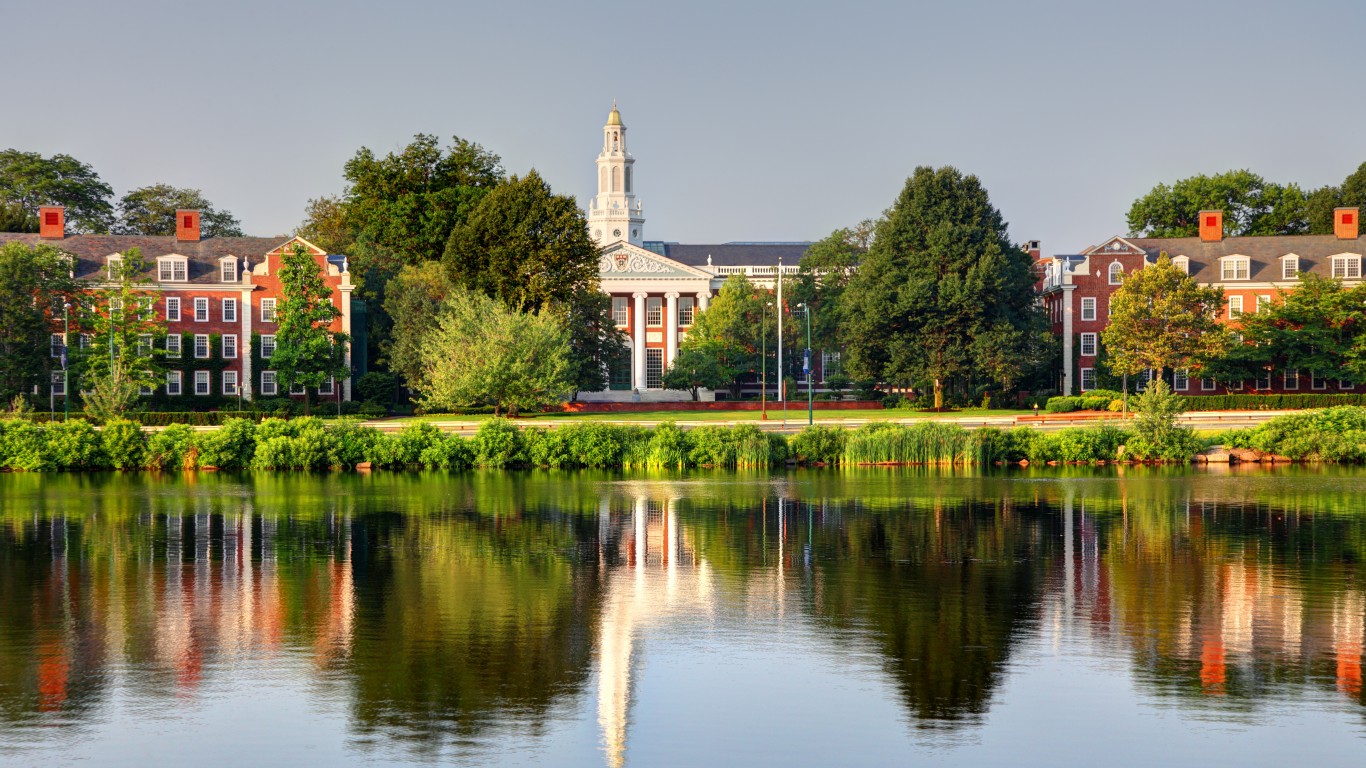
3. Harvard University
> Acceptance rate: 5.2%
> SAT scores at 25th & 75th percentiles: 1,460 and 1,590
> Student to faculty ratio: 7:1
> Average net price of attendance: $17,590 per year
> Location: Cambridge, Massachusetts
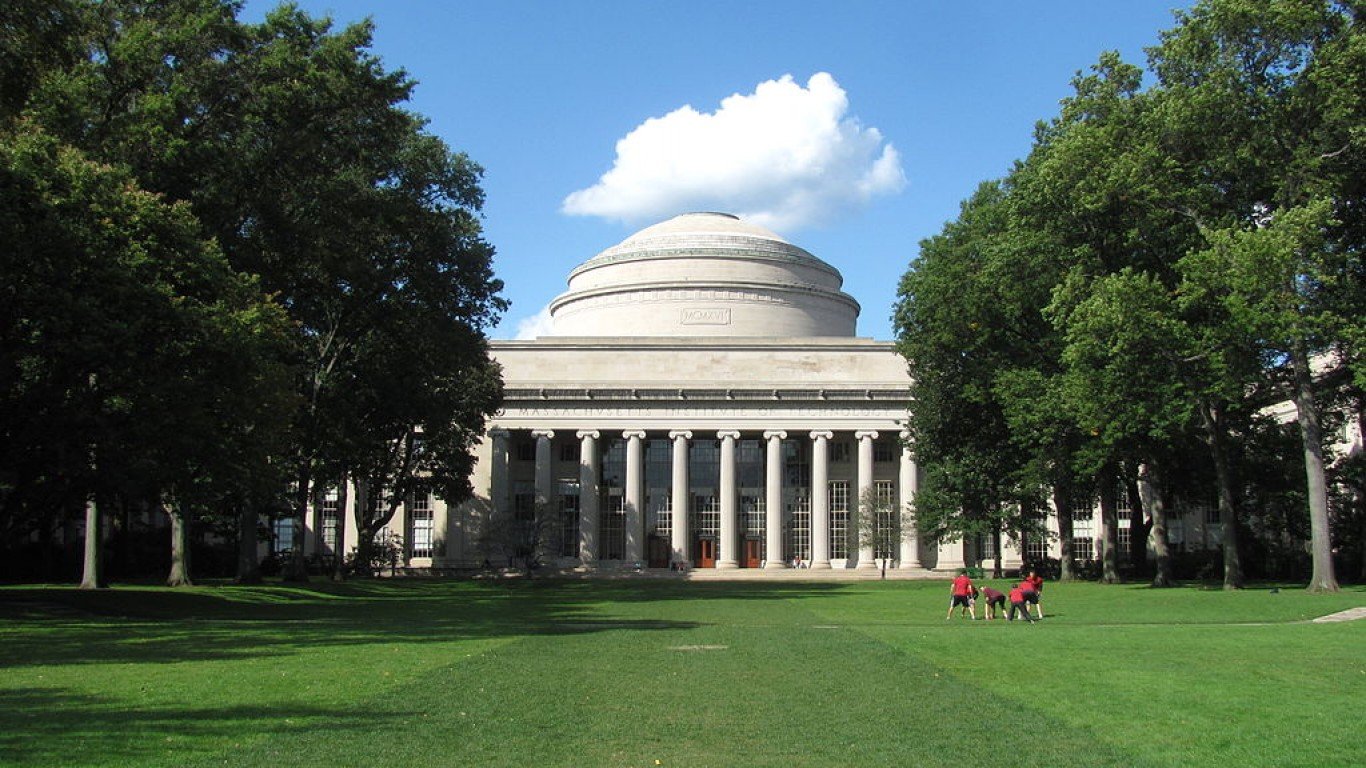
2. Massachusetts Institute of Technology
> Acceptance rate: 7.2%
> SAT scores at 25th & 75th percentiles: 1,490 and 1,570
> Student to faculty ratio: 3:1
> Average net price of attendance: $18,971 per year
> Location: Cambridge, Massachusetts
[in-text-ad-2]
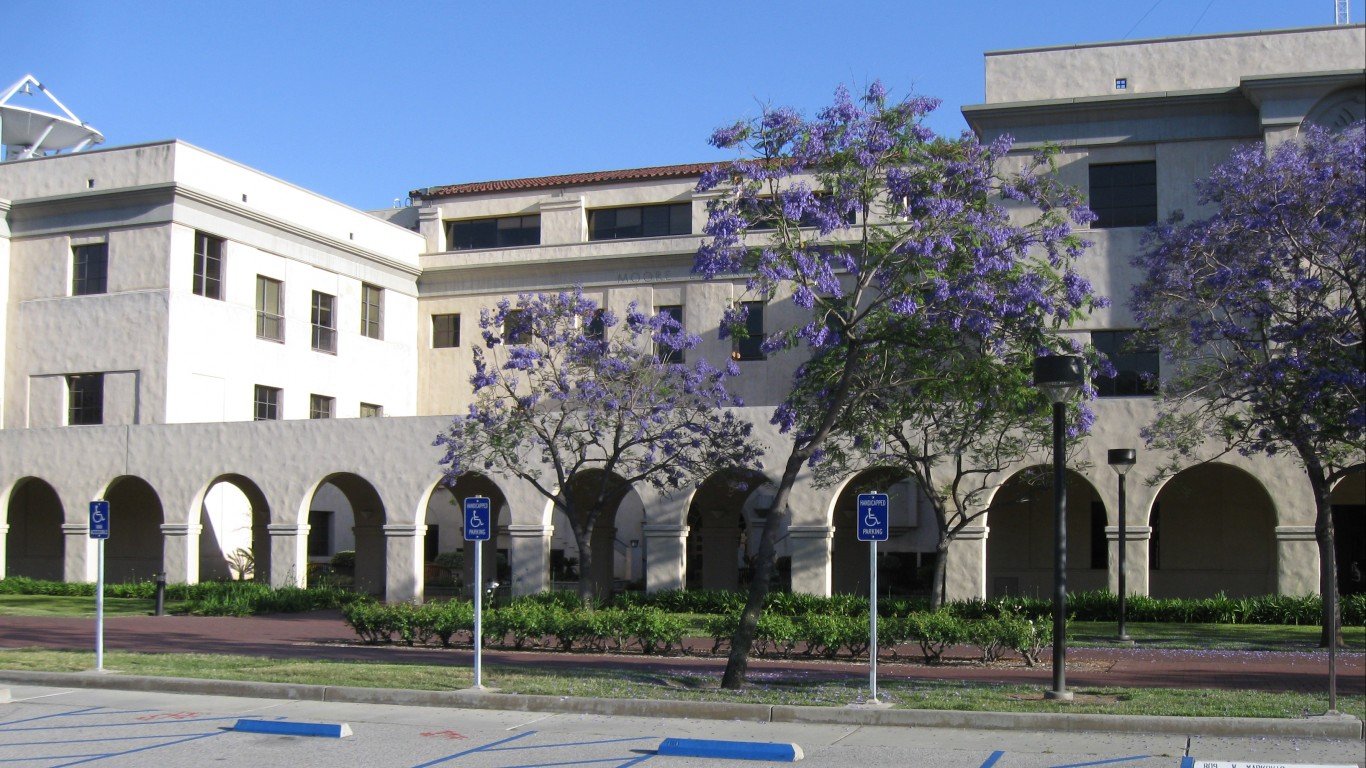
1. California Institute of Technology
> Acceptance rate: 7.7%
> SAT scores at 25th & 75th percentiles: 1,530 and 1,590
> Student to faculty ratio: 3:1
> Average net price of attendance: $26,361 per year
> Location: Pasadena, California
Methodology:
To identify the hardest colleges to get into, 24/7 constructed an index using data from the National Center for Education Statistics (NCES) to measure the relative exclusivity of 4-year, private and public degree-granting colleges and universities. We indexed both acceptance rates and SAT test scores of admitted students to measure the difficulty of being accepted.
The annual net price listed is for full-time, first-time undergraduates paying the in-state or in-district tuition rate who received grant or scholarship aid from federal, state, local, or institutional sources, and is generated by subtracting the amount of aid from the total cost of attendance, which is the sum of published tuition, required fees, books and supplies, the average room and board, and other expenses. Schools that had no data on SAT and ACT scores were excluded from consideration. For schools that did not have a net price figure for the 2017-2018, the net price for the previous year was given. All other data is for the 2017-2018 school year.
Sponsored: Attention Savvy Investors: Speak to 3 Financial Experts – FREE
Ever wanted an extra set of eyes on an investment you’re considering? Now you can speak with up to 3 financial experts in your area for FREE. By simply
clicking here you can begin to match with financial professionals who can help guide you through the financial decisions you’re making. And the best part? The first conversation with them is free.
Click here to match with up to 3 financial pros who would be excited to help you make financial decisions.
Thank you for reading! Have some feedback for us?
Contact the 24/7 Wall St. editorial team.
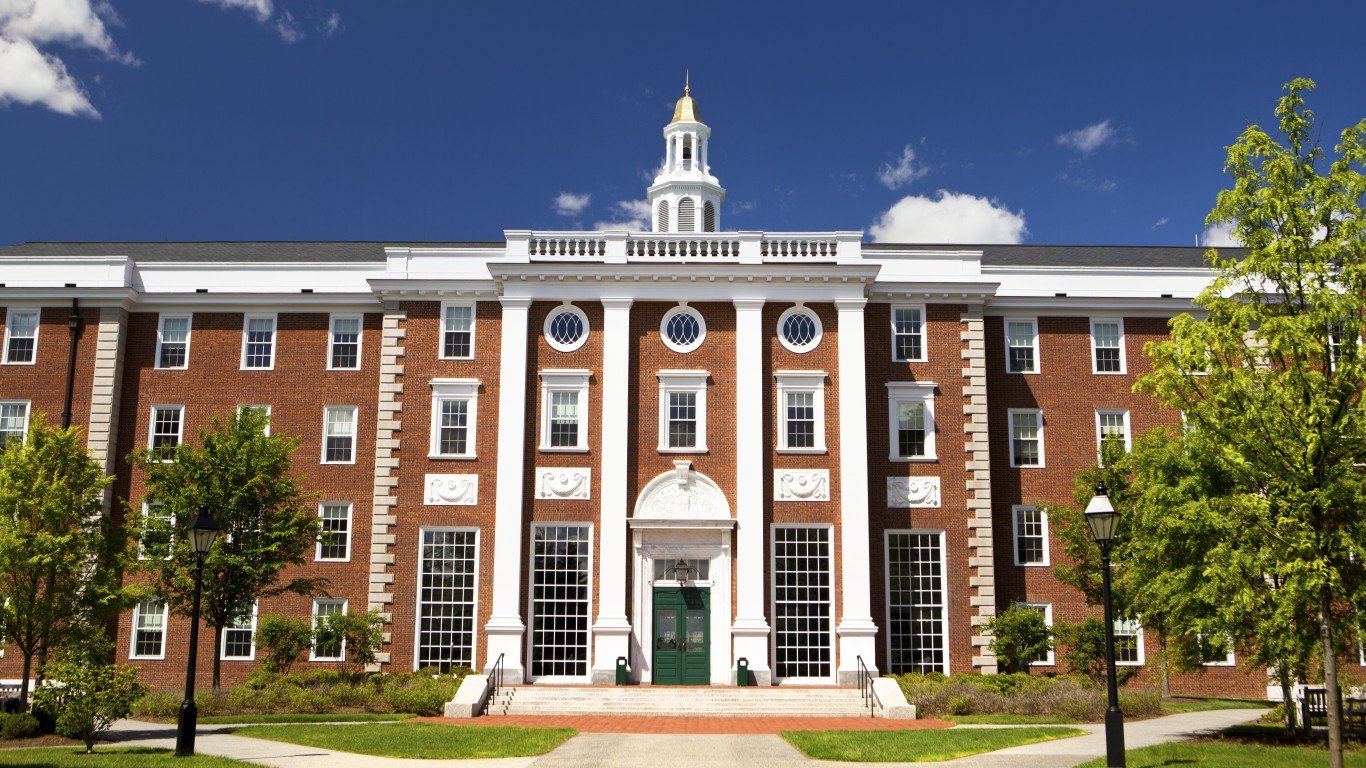 24/7 Wall St.
24/7 Wall St.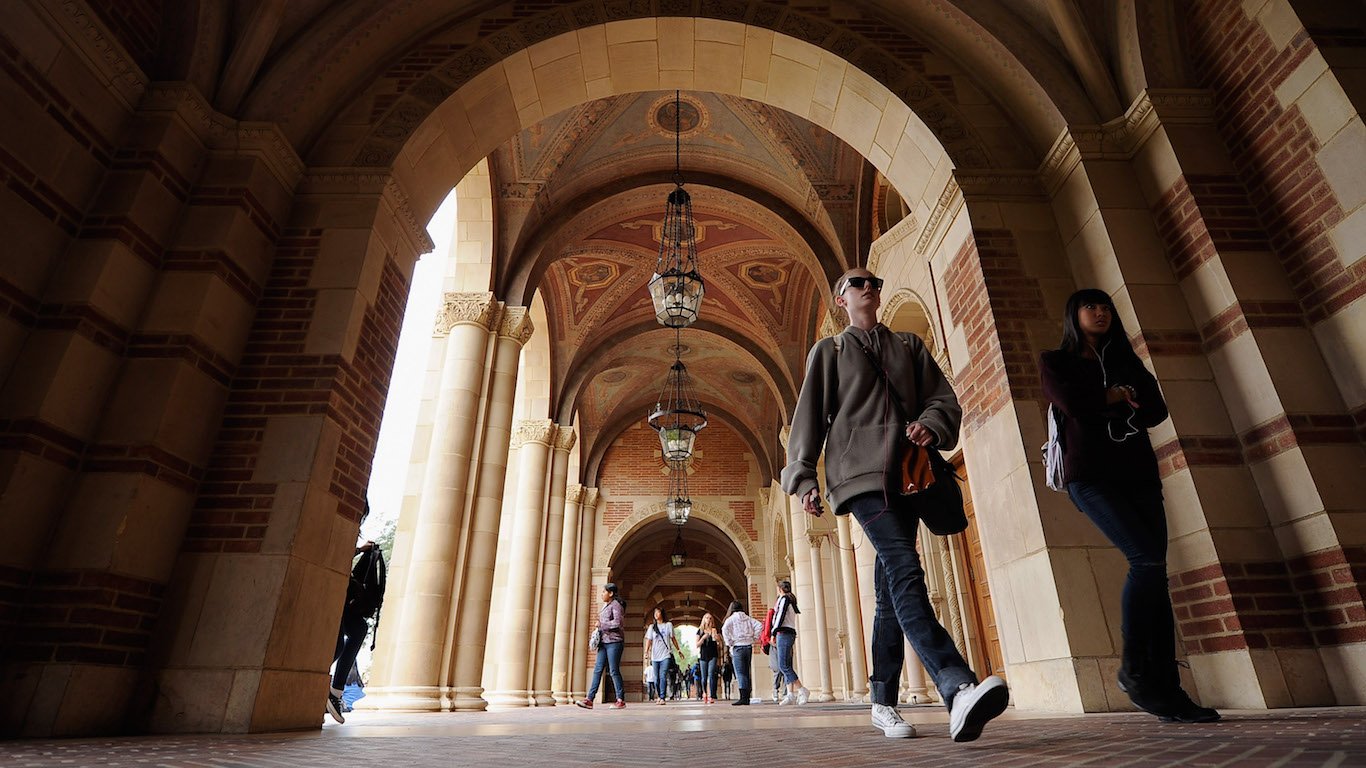 24/7 Wall St.
24/7 Wall St.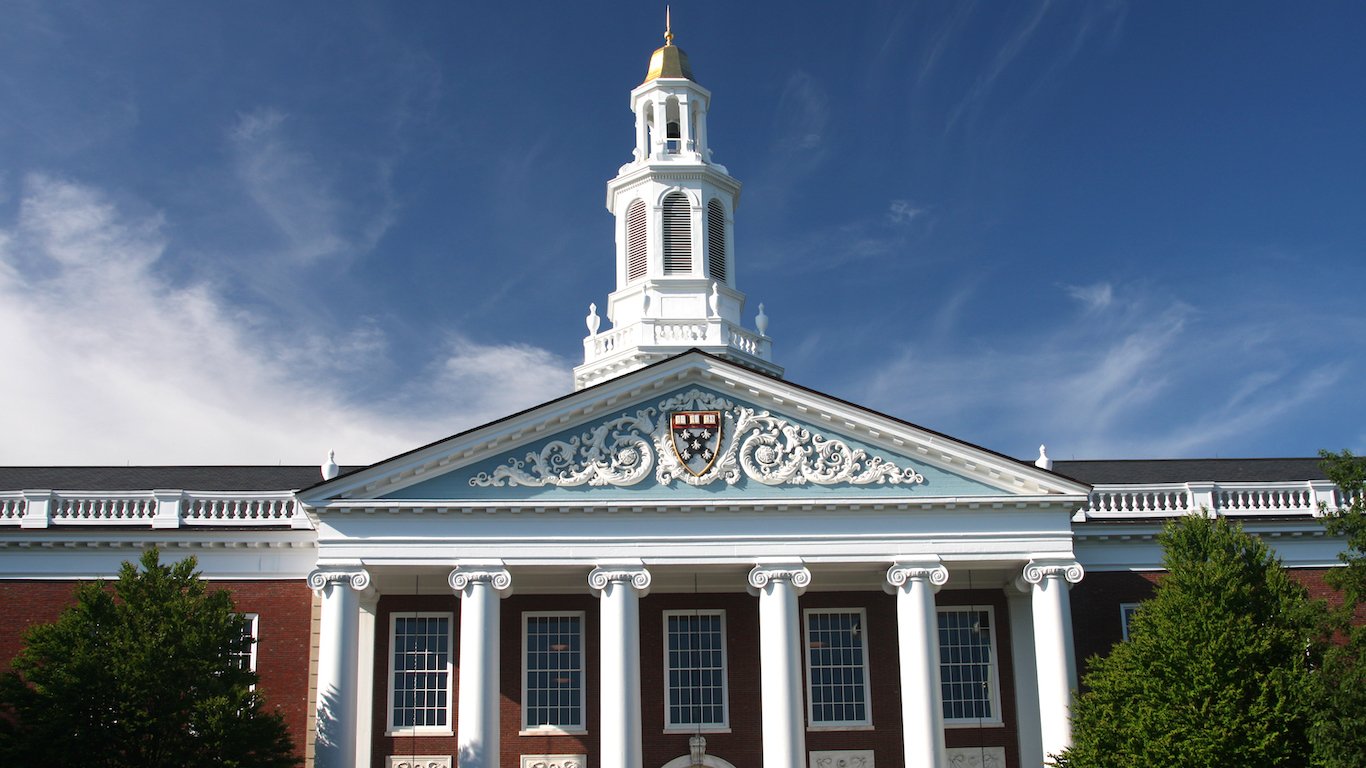 24/7 Wall St.
24/7 Wall St.
